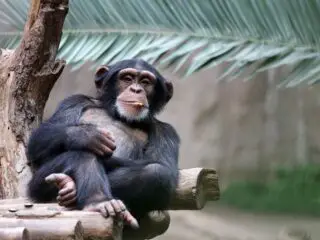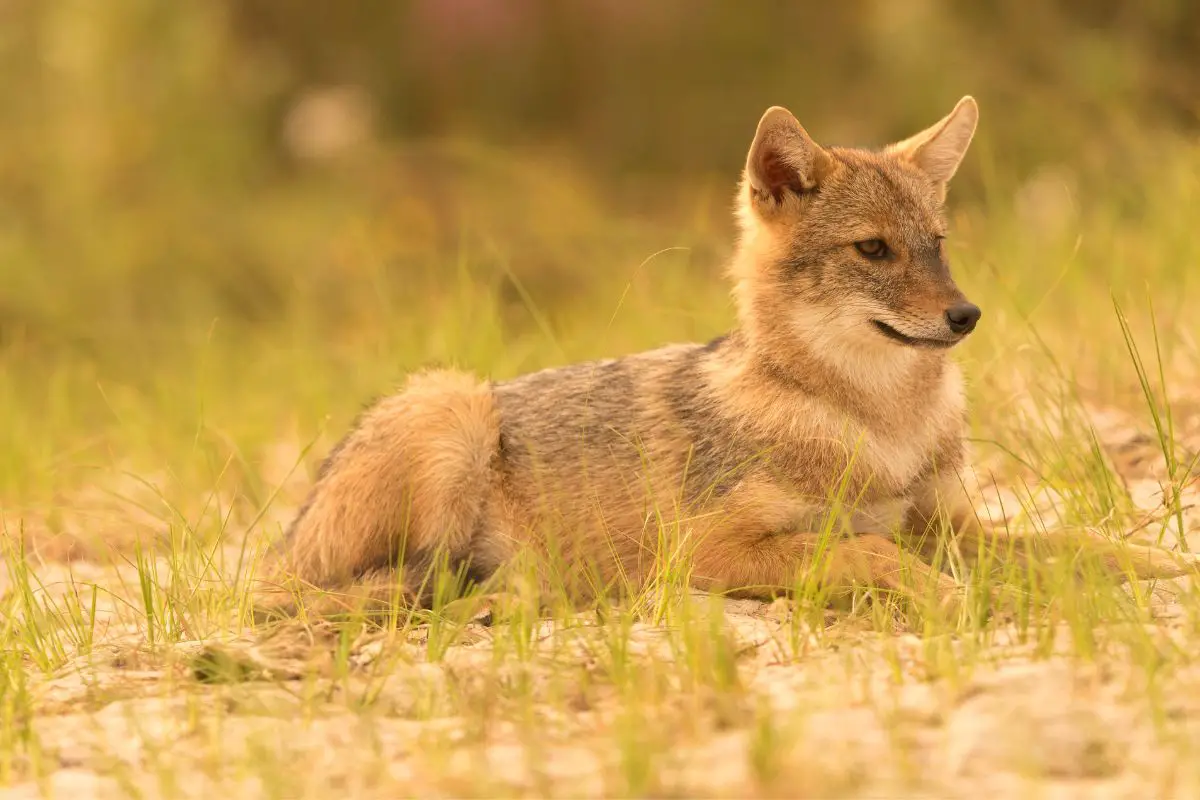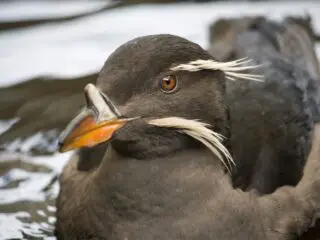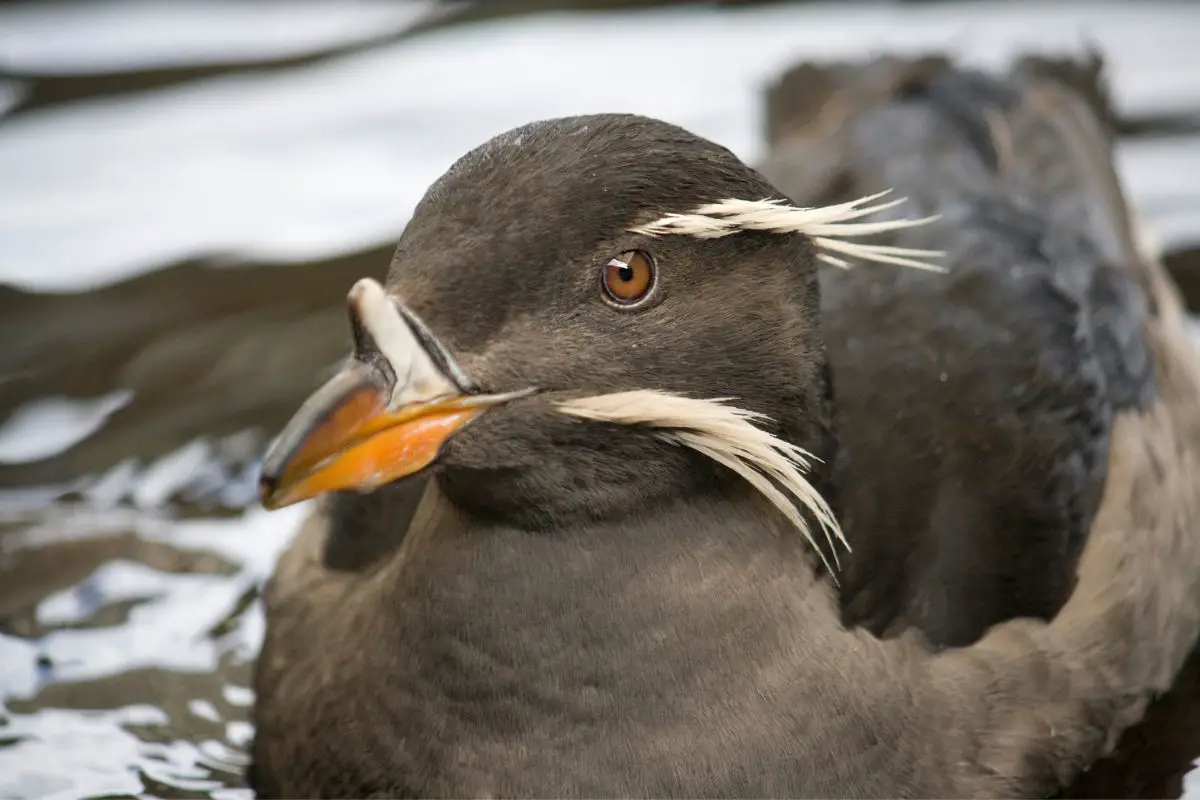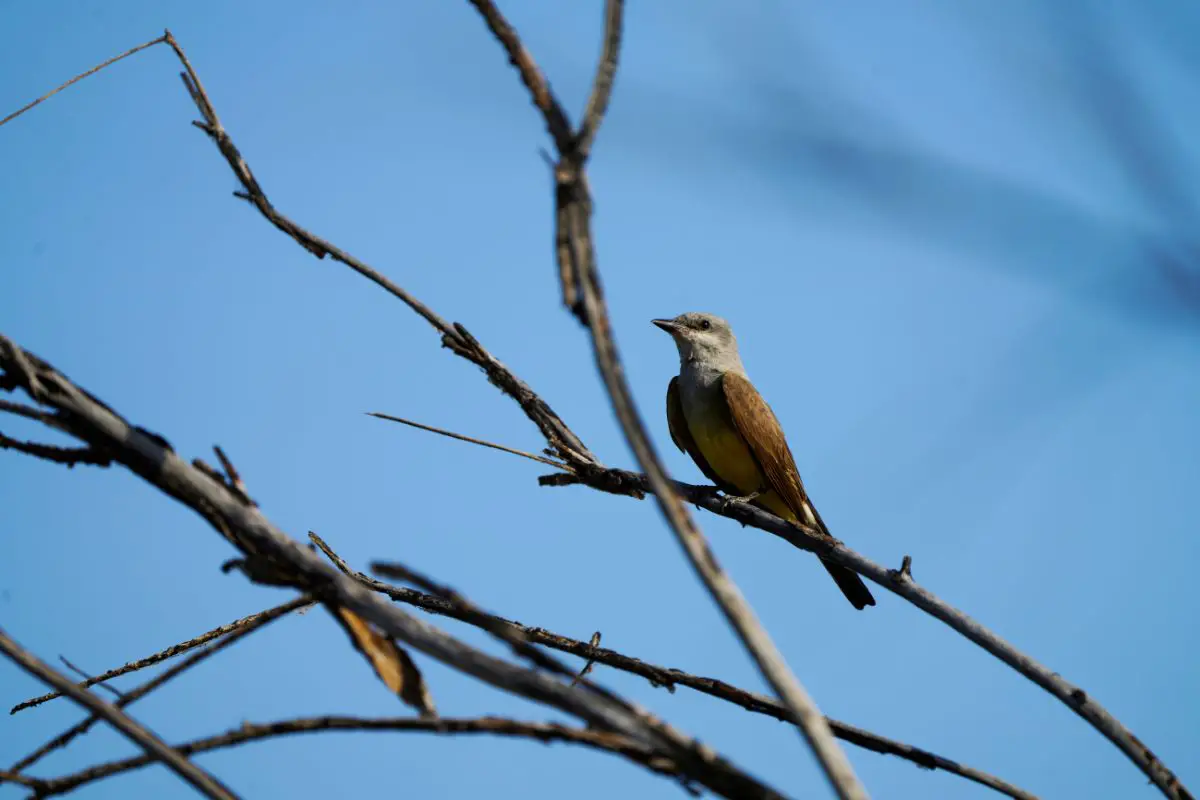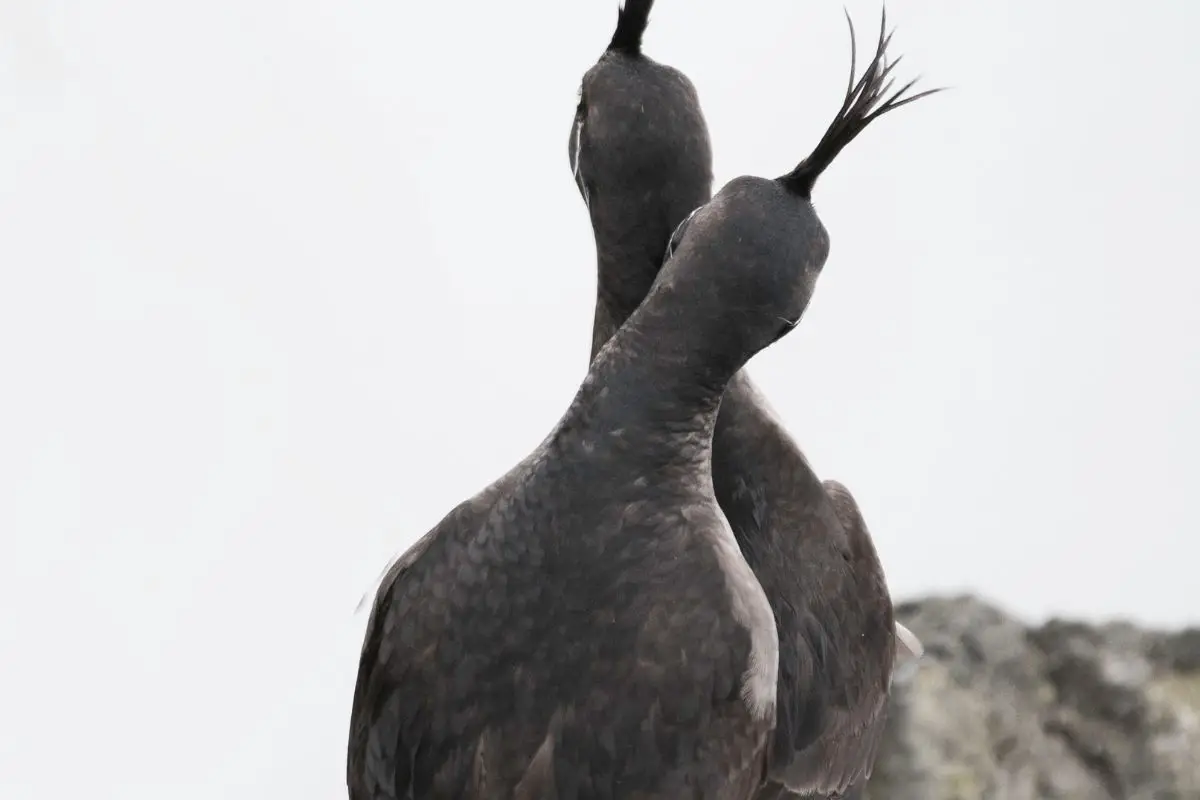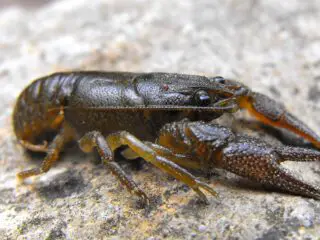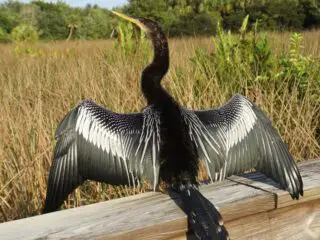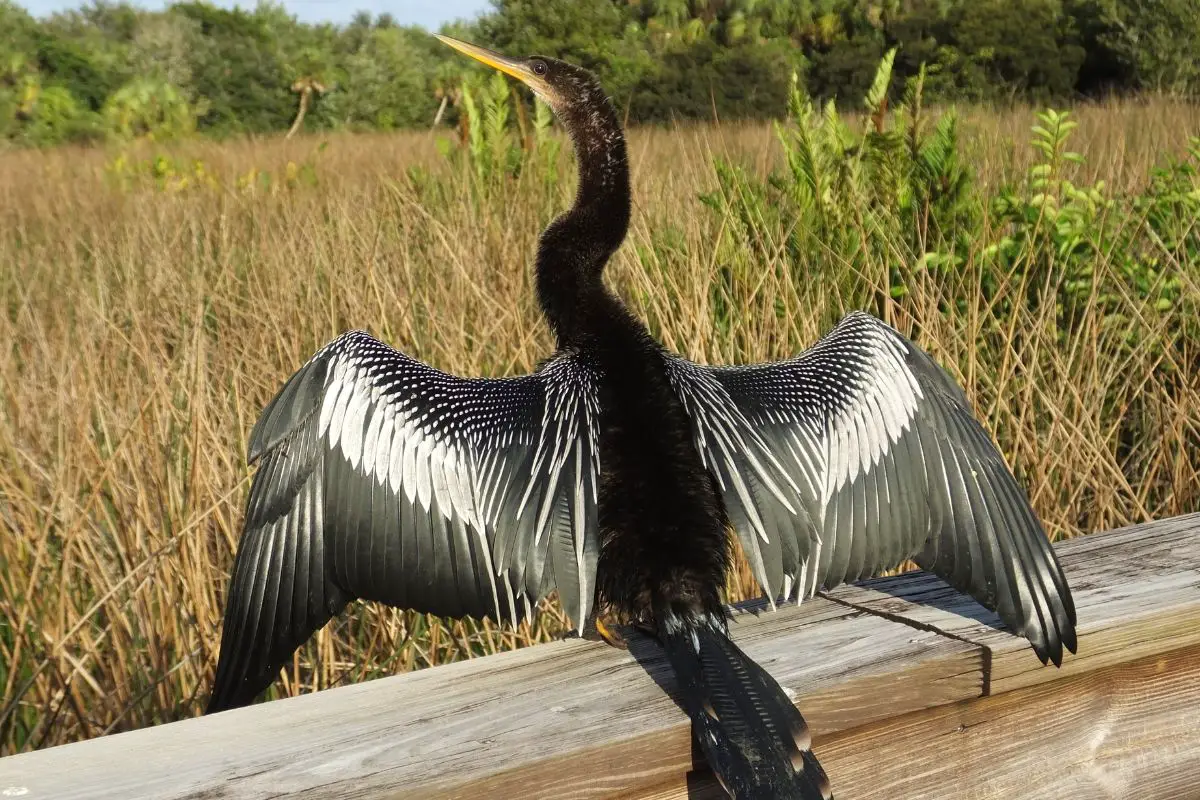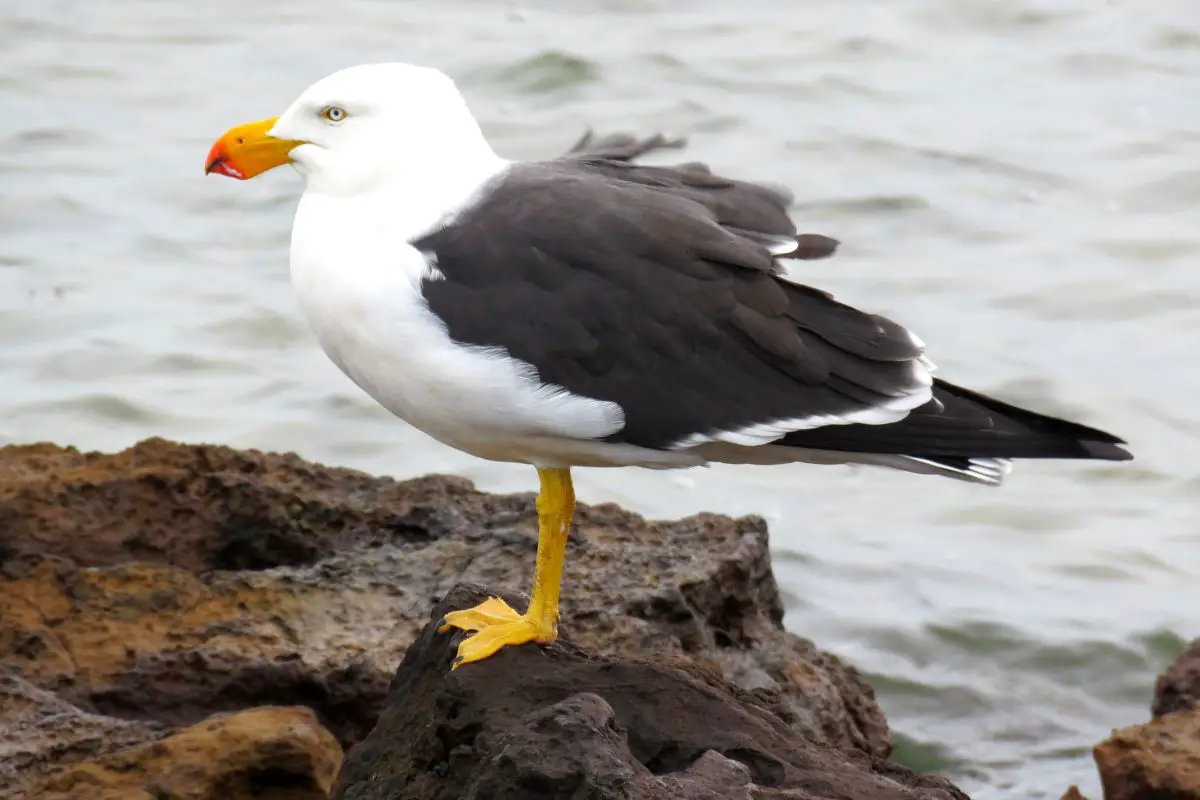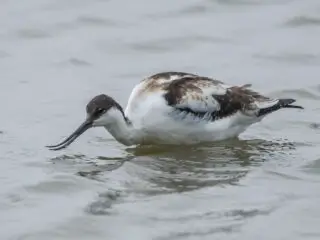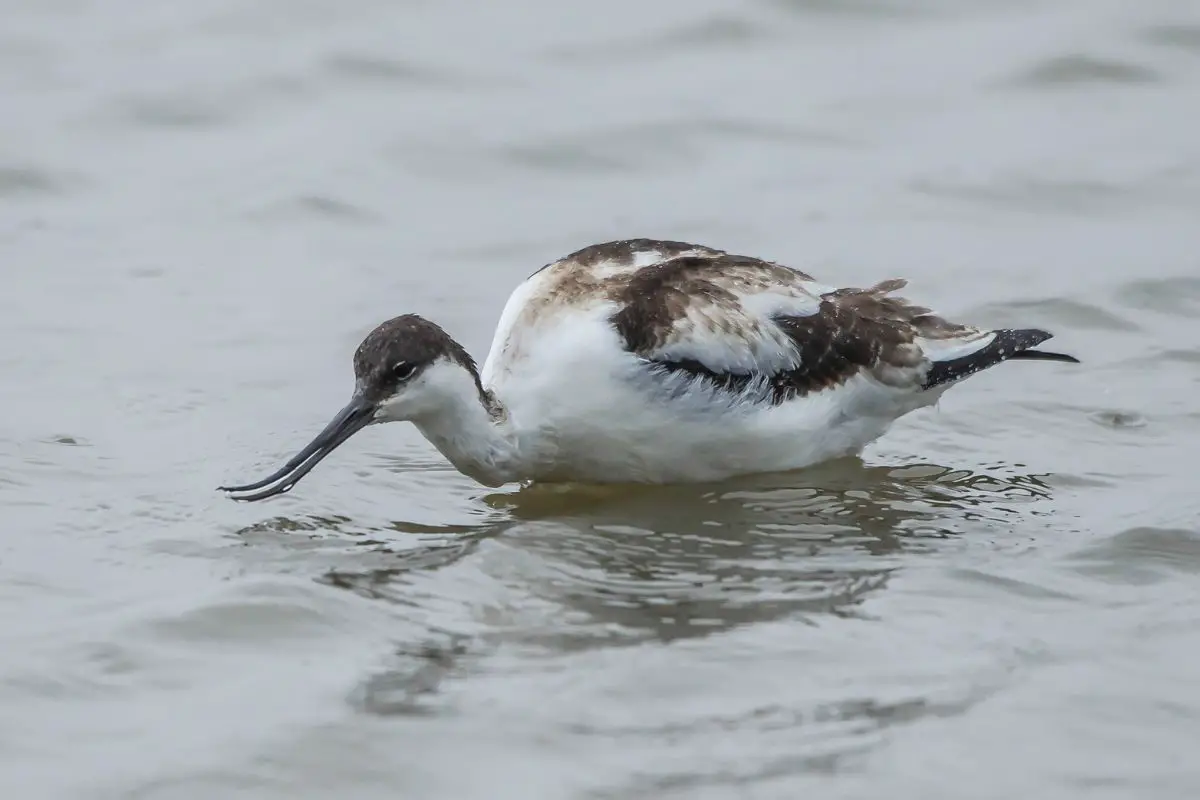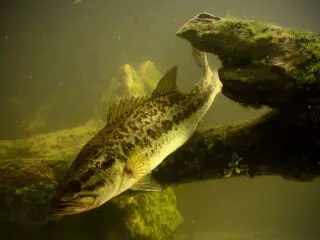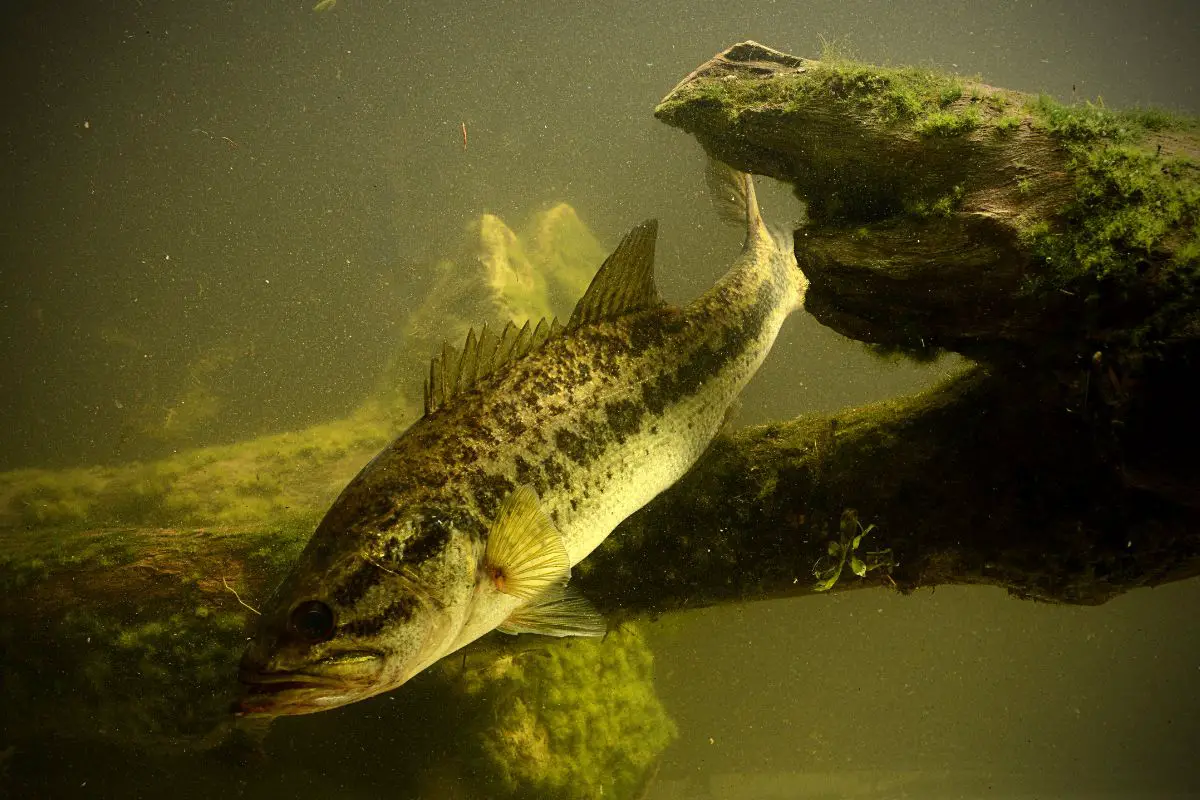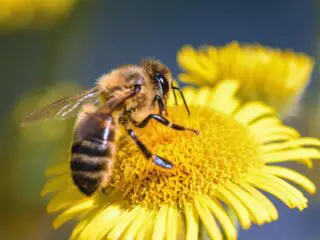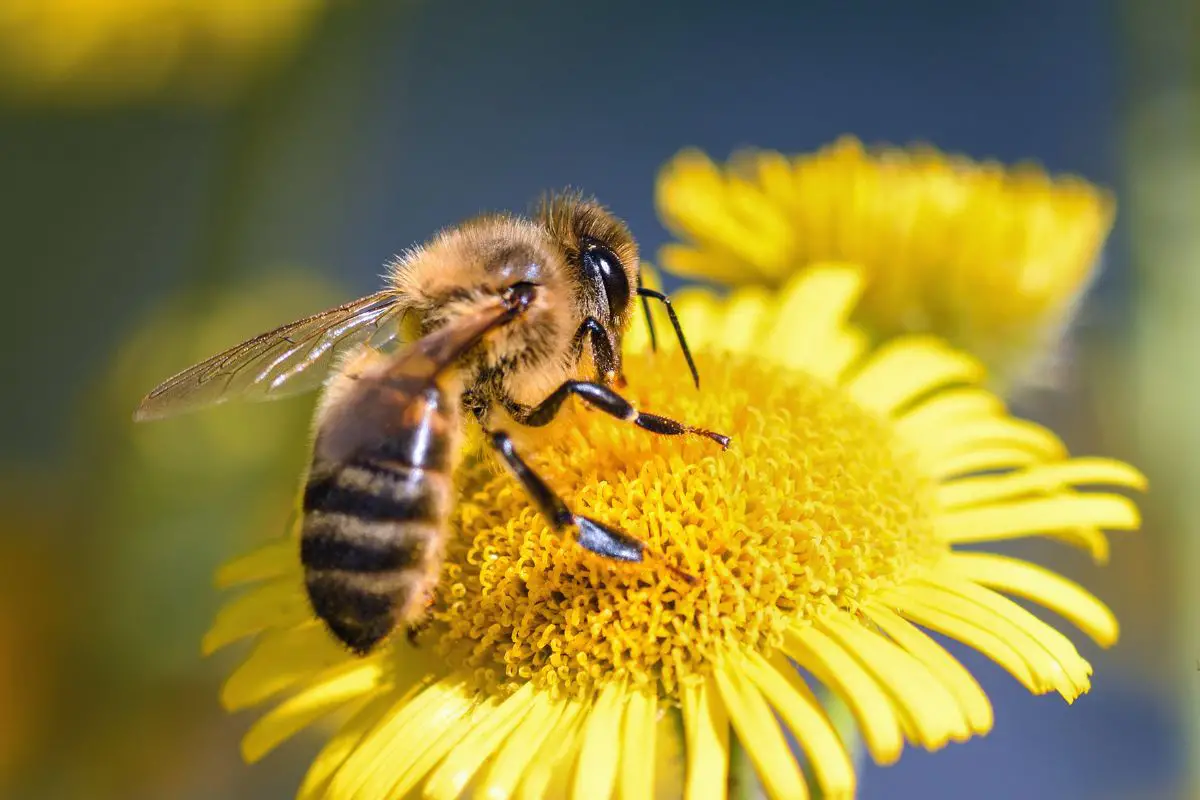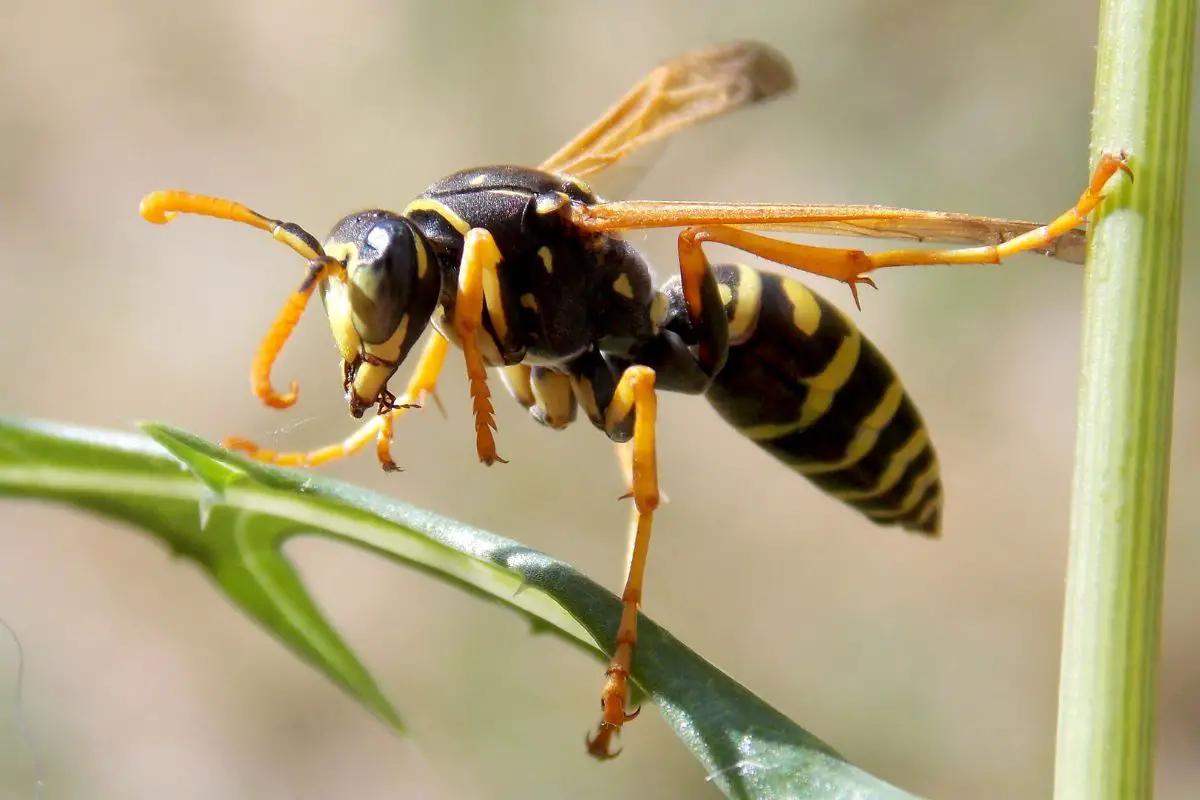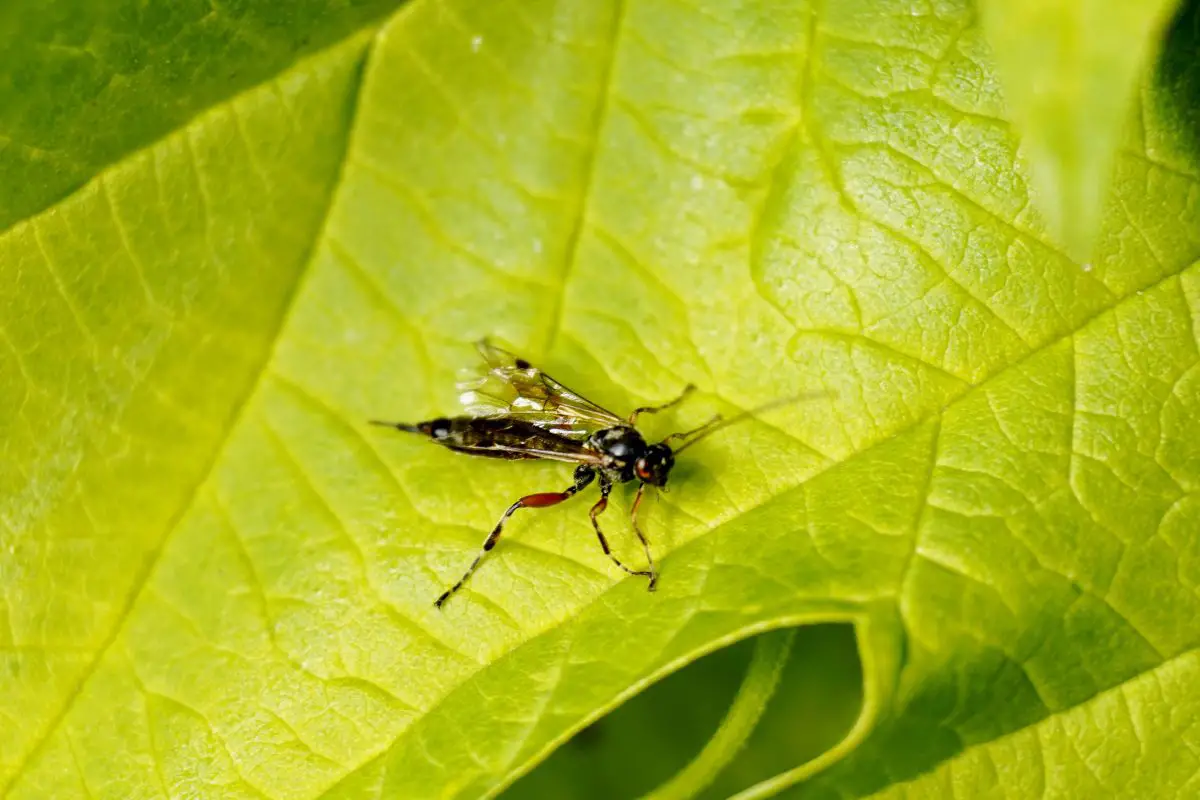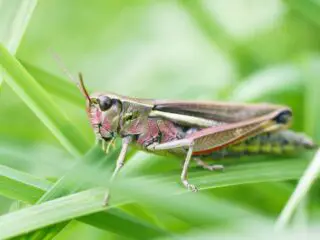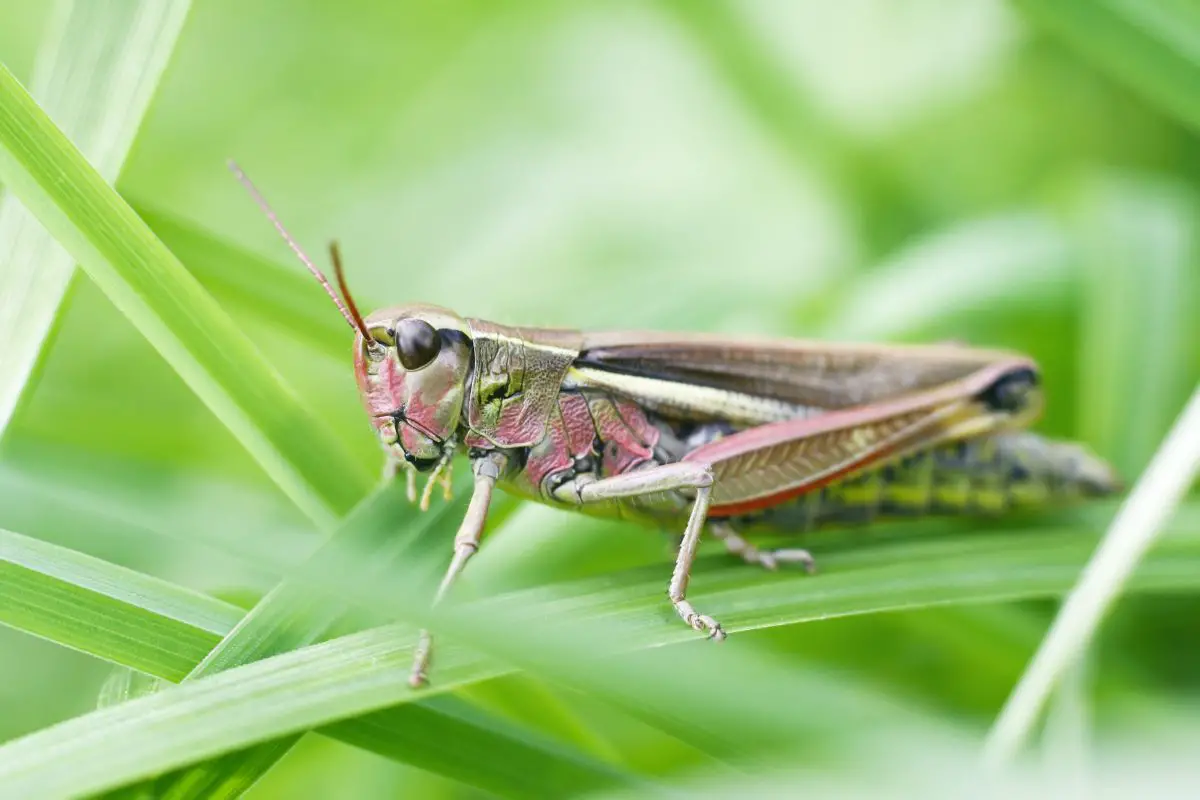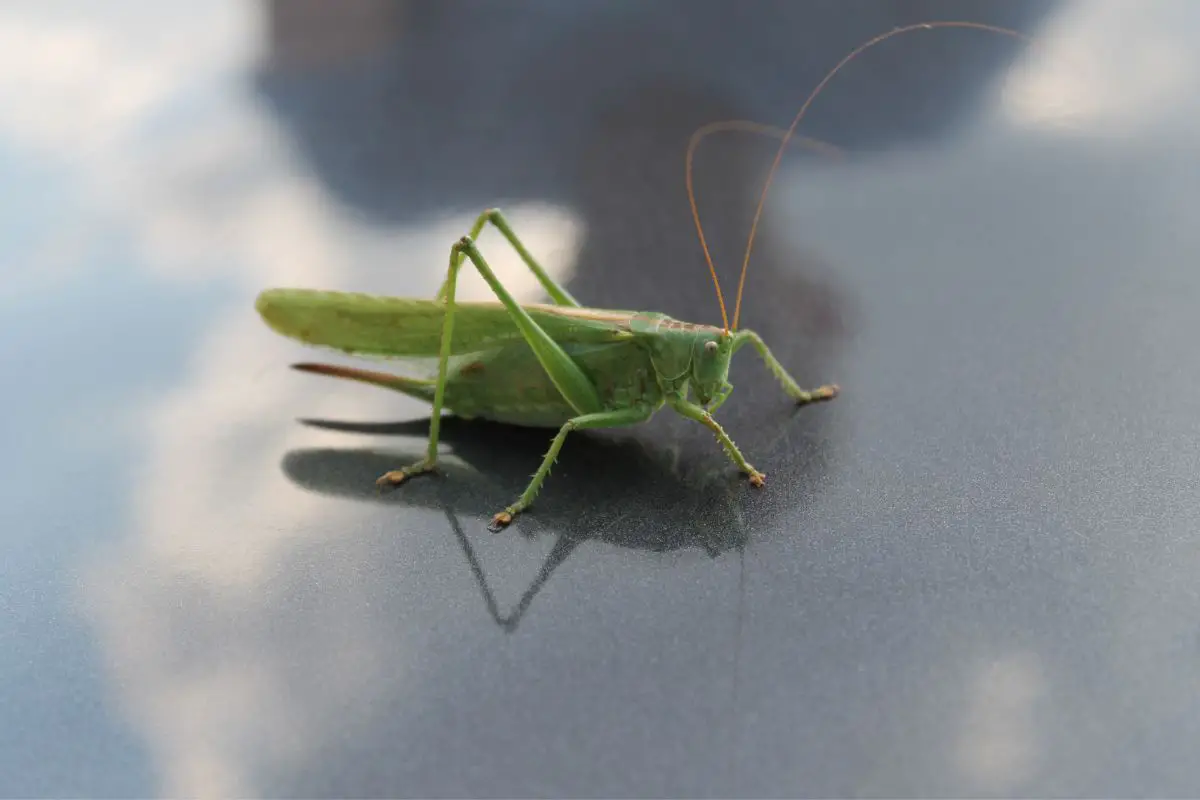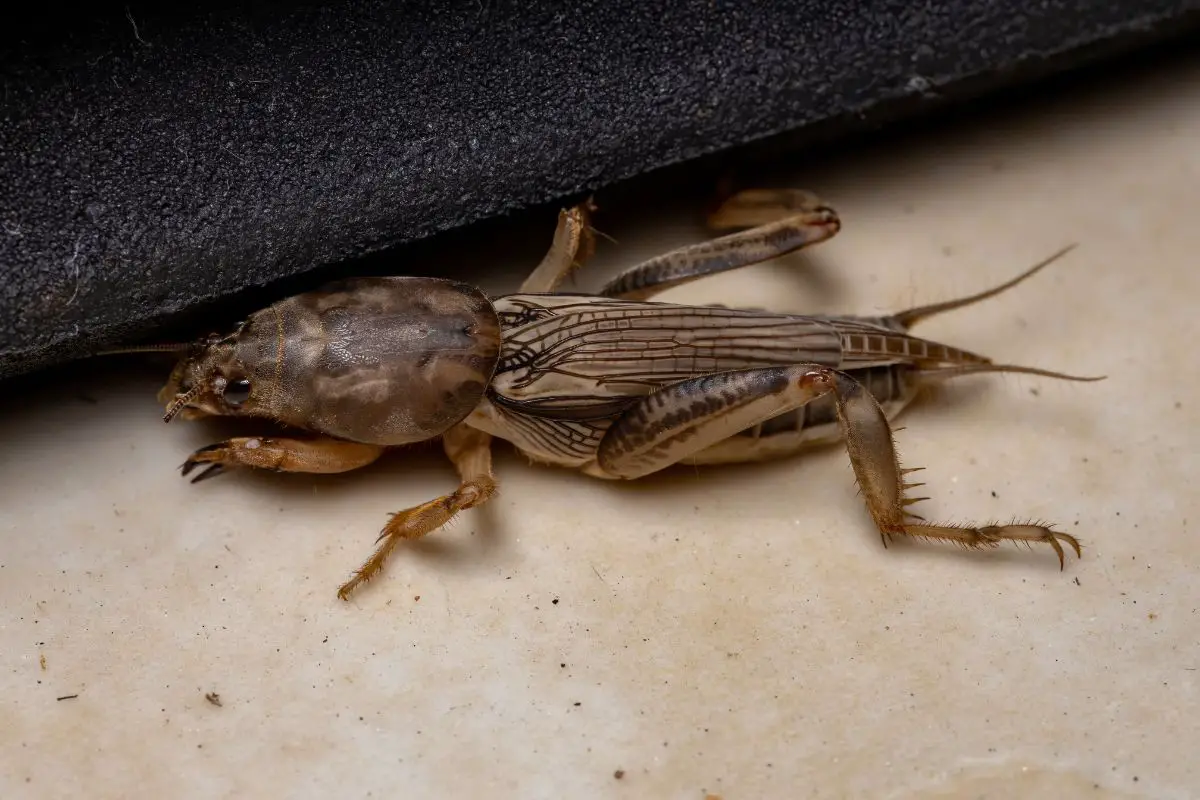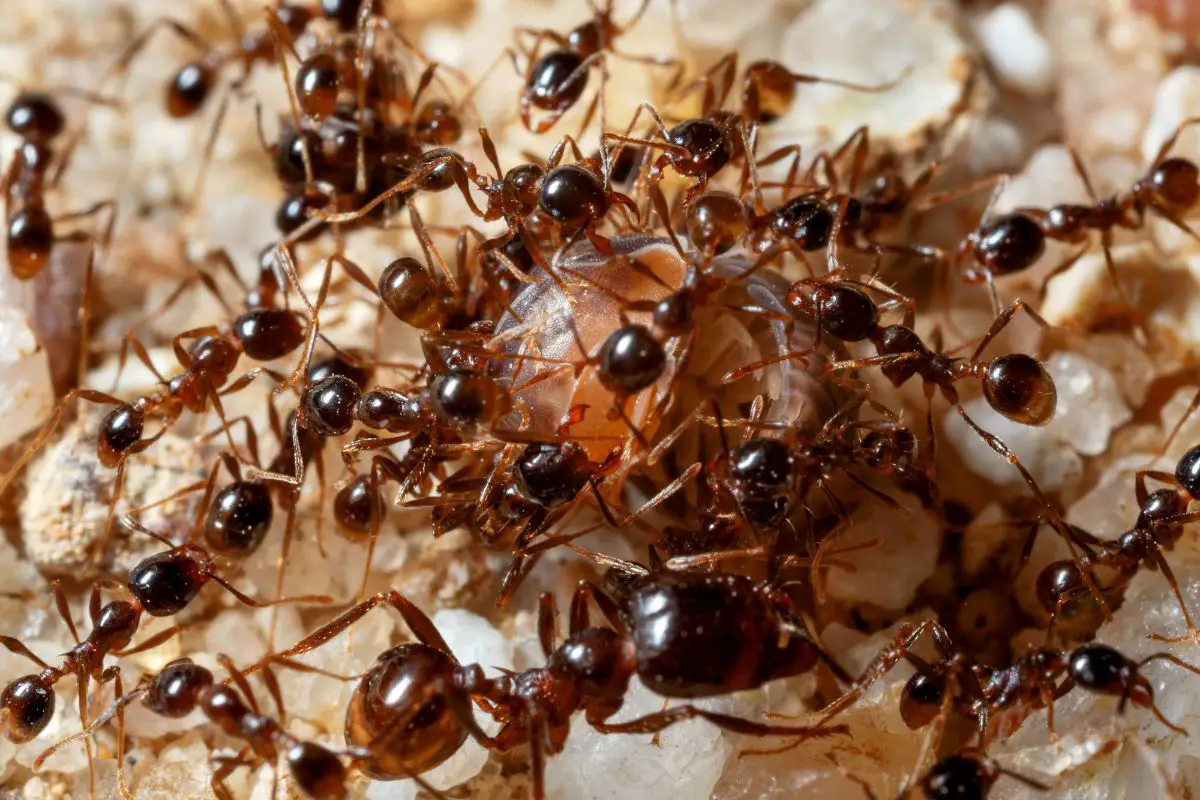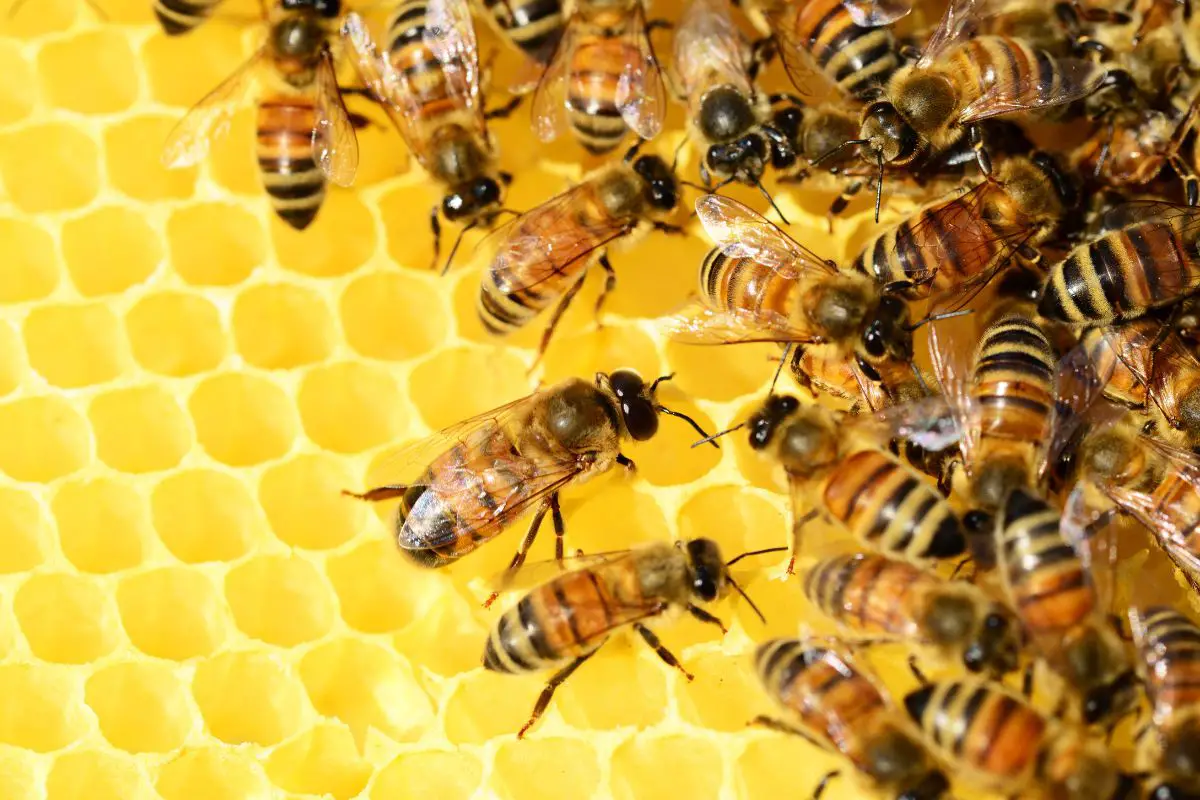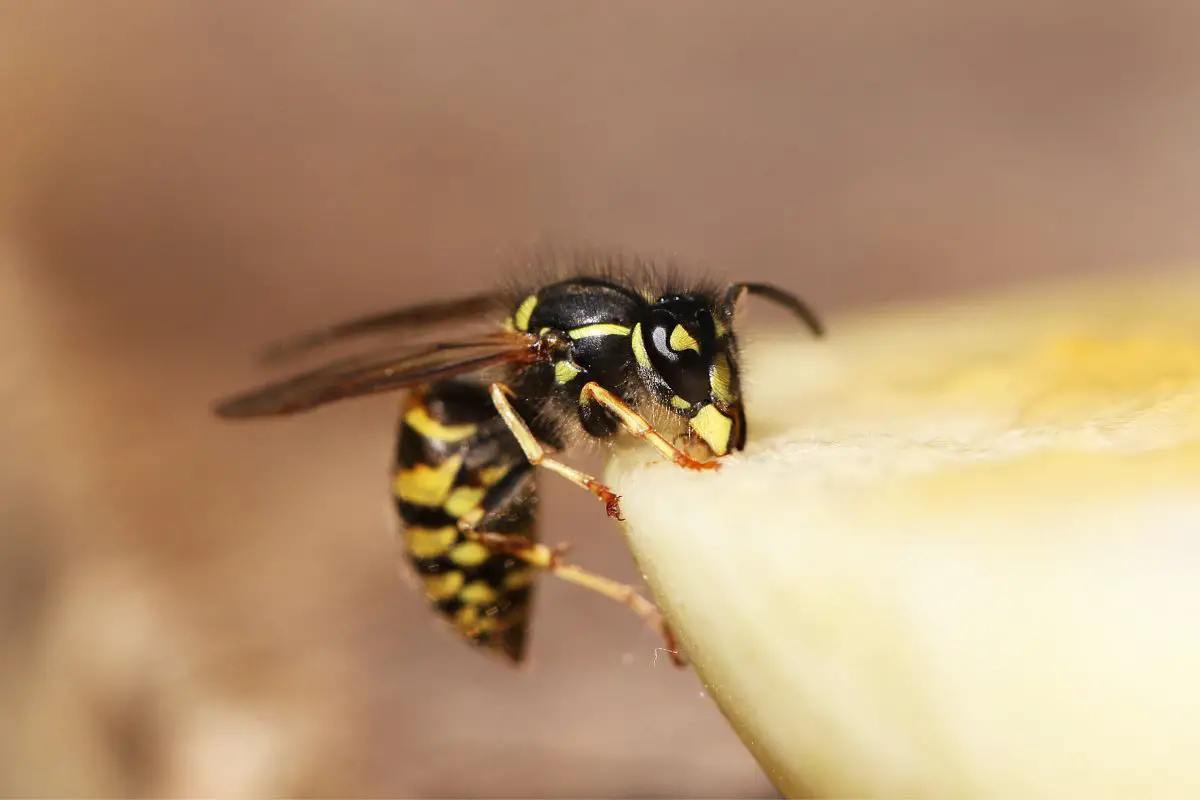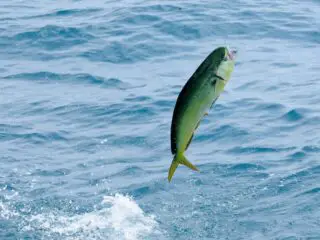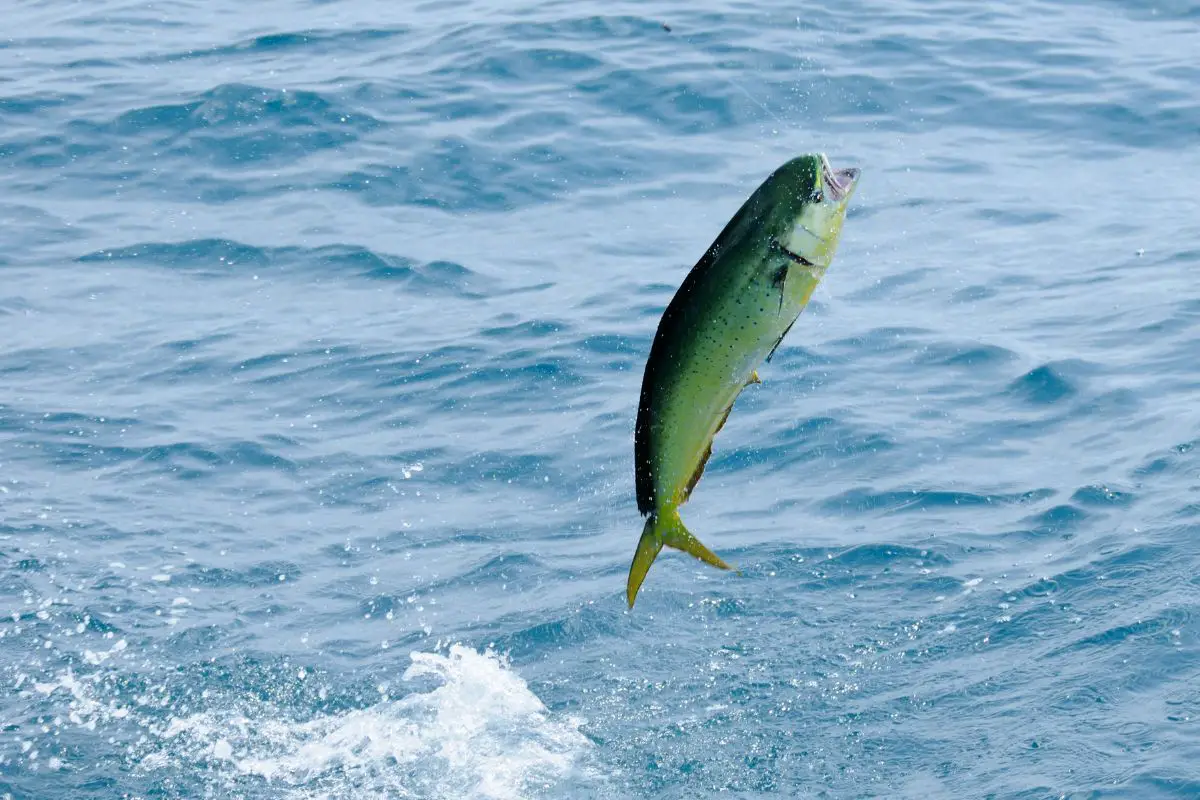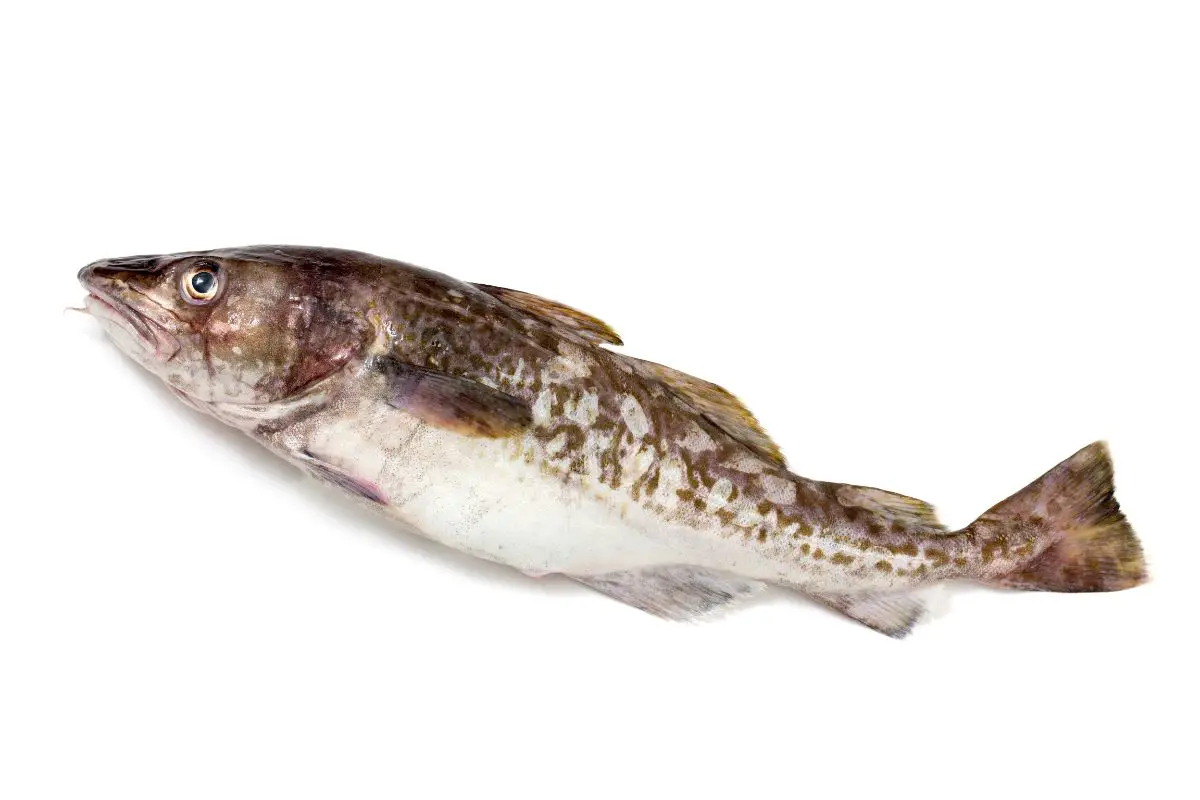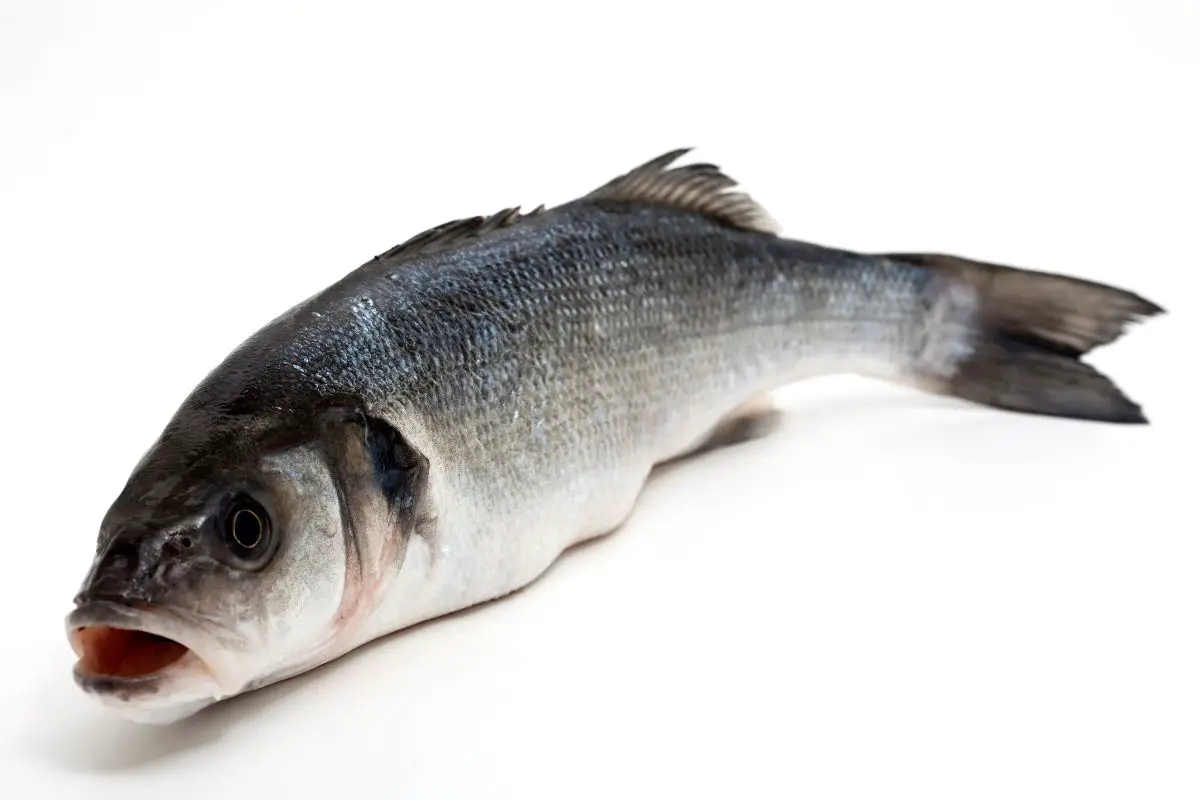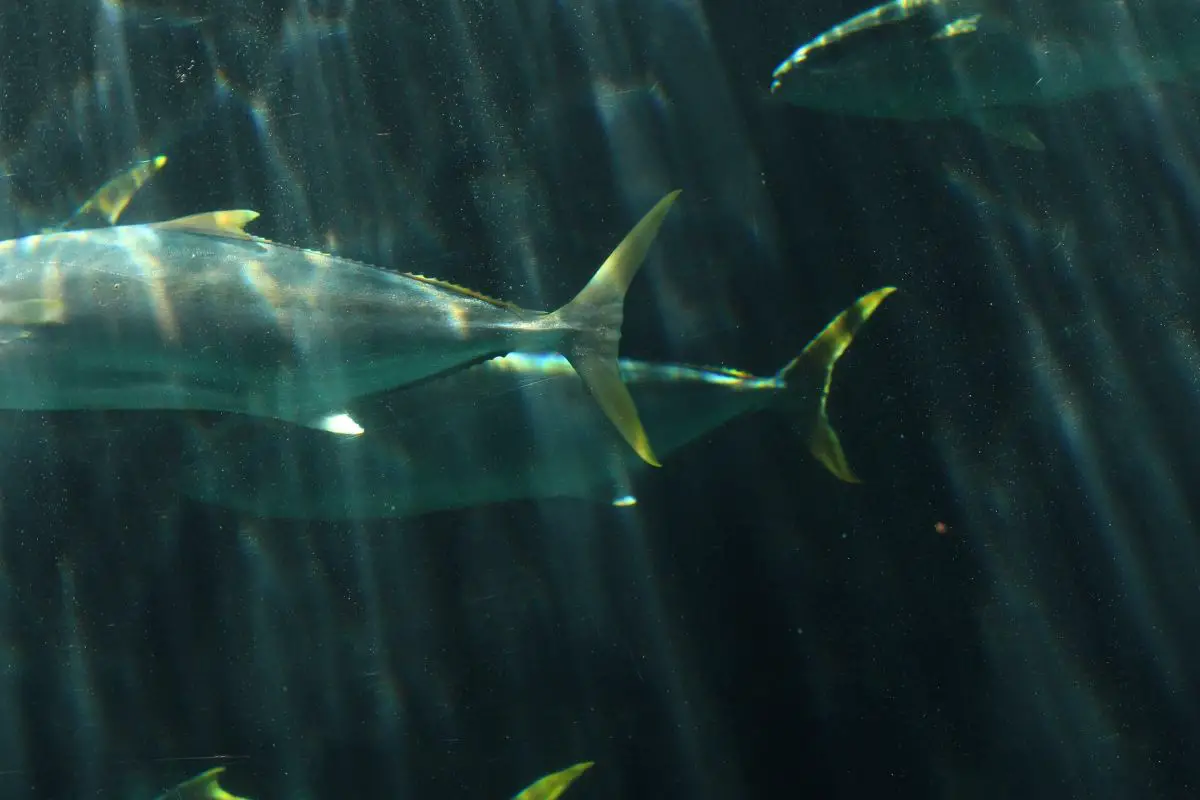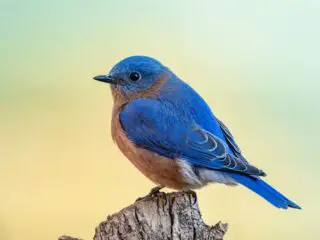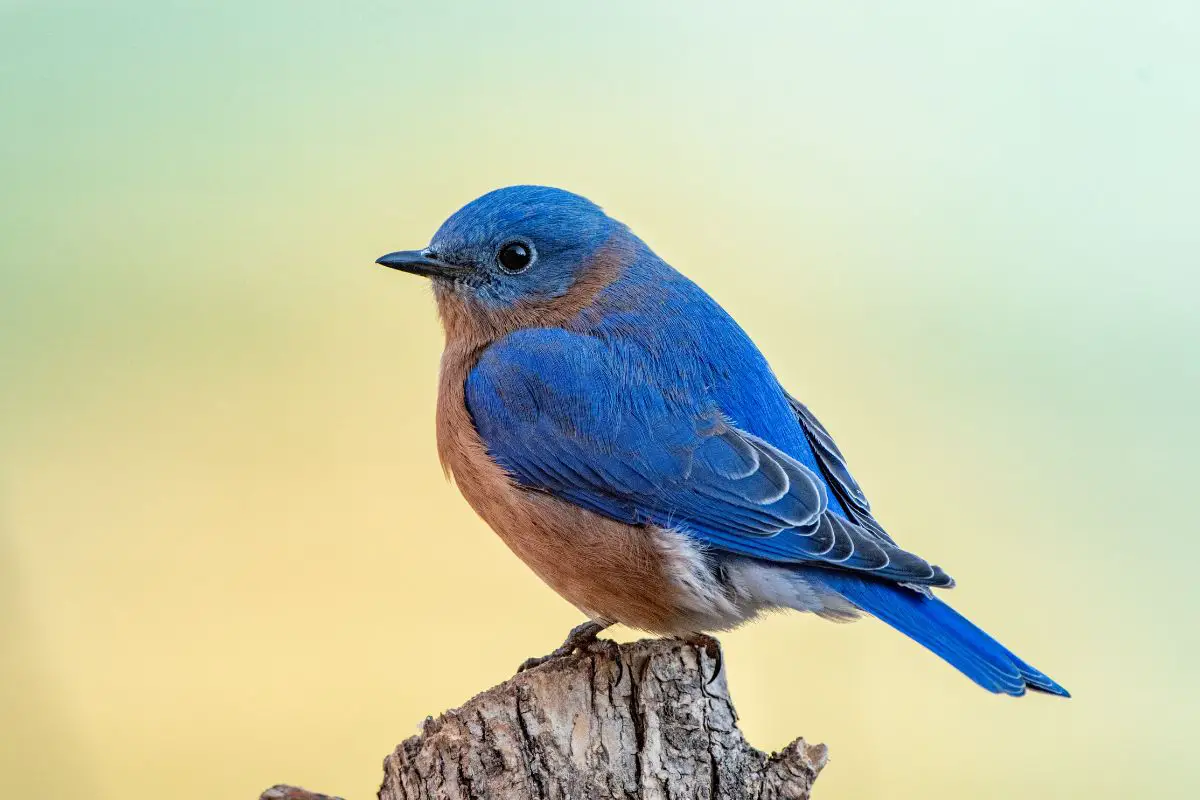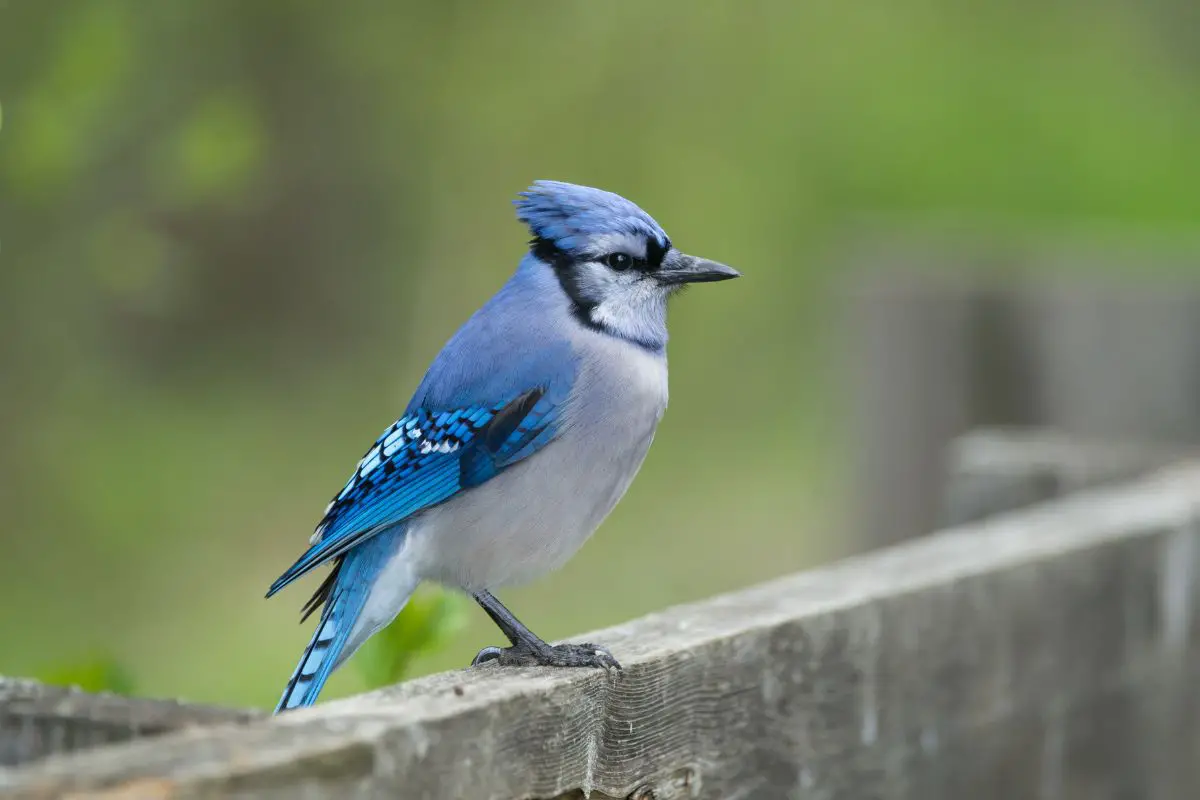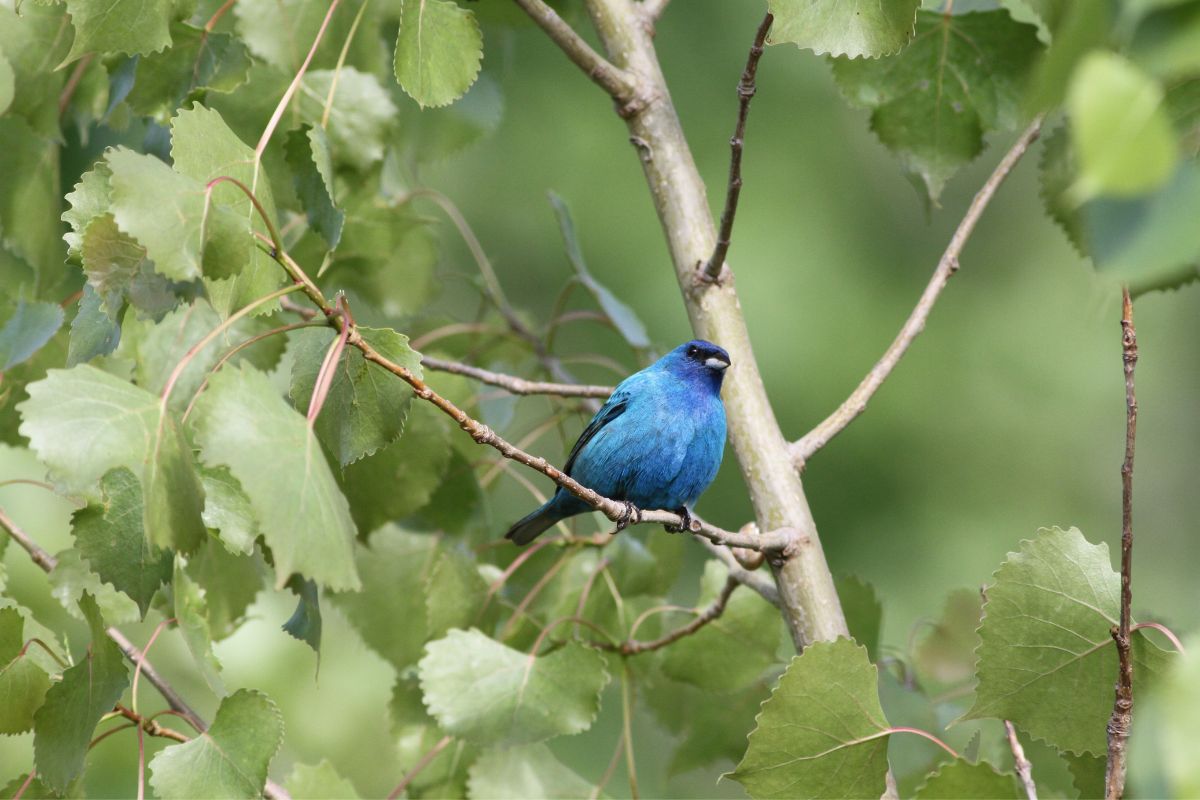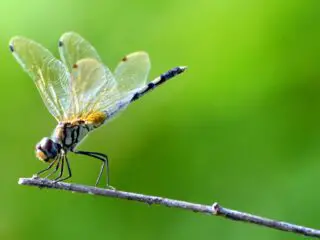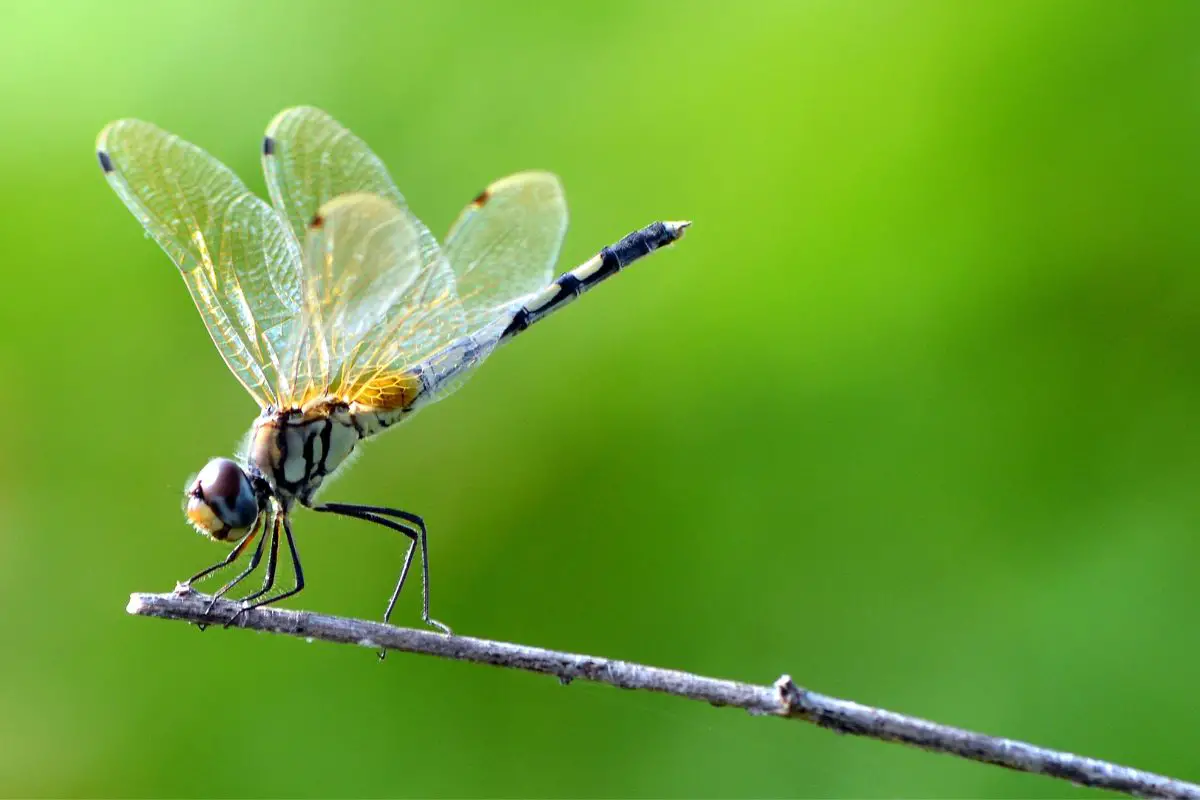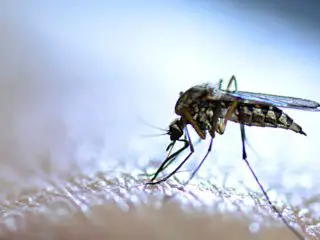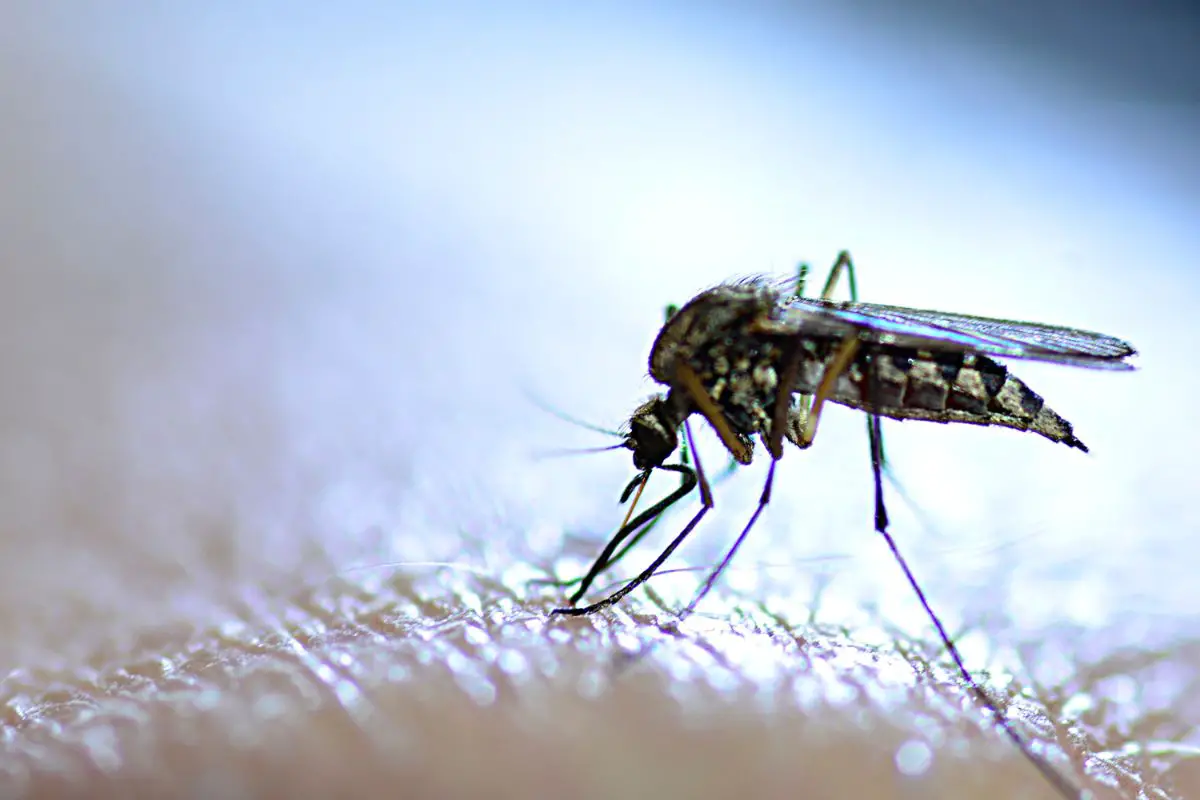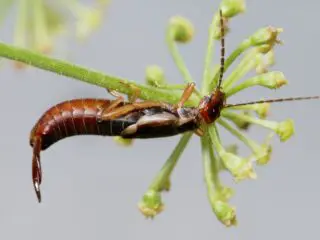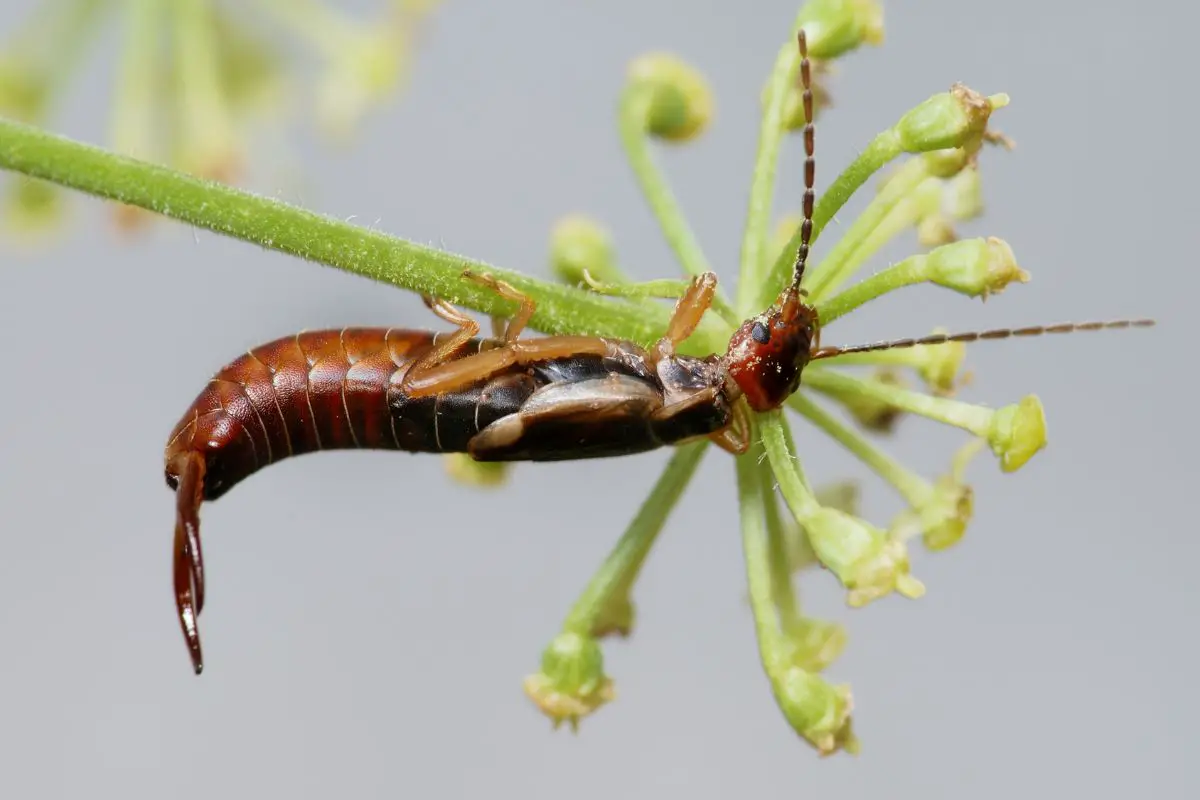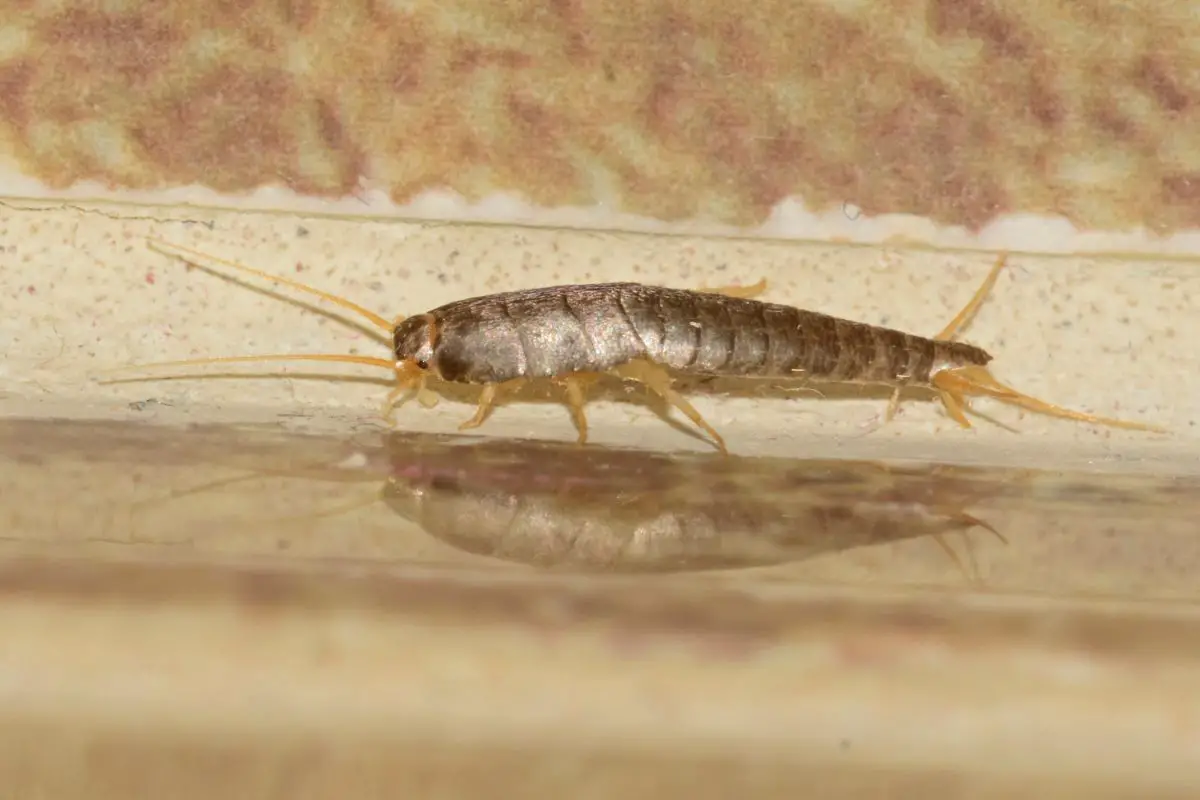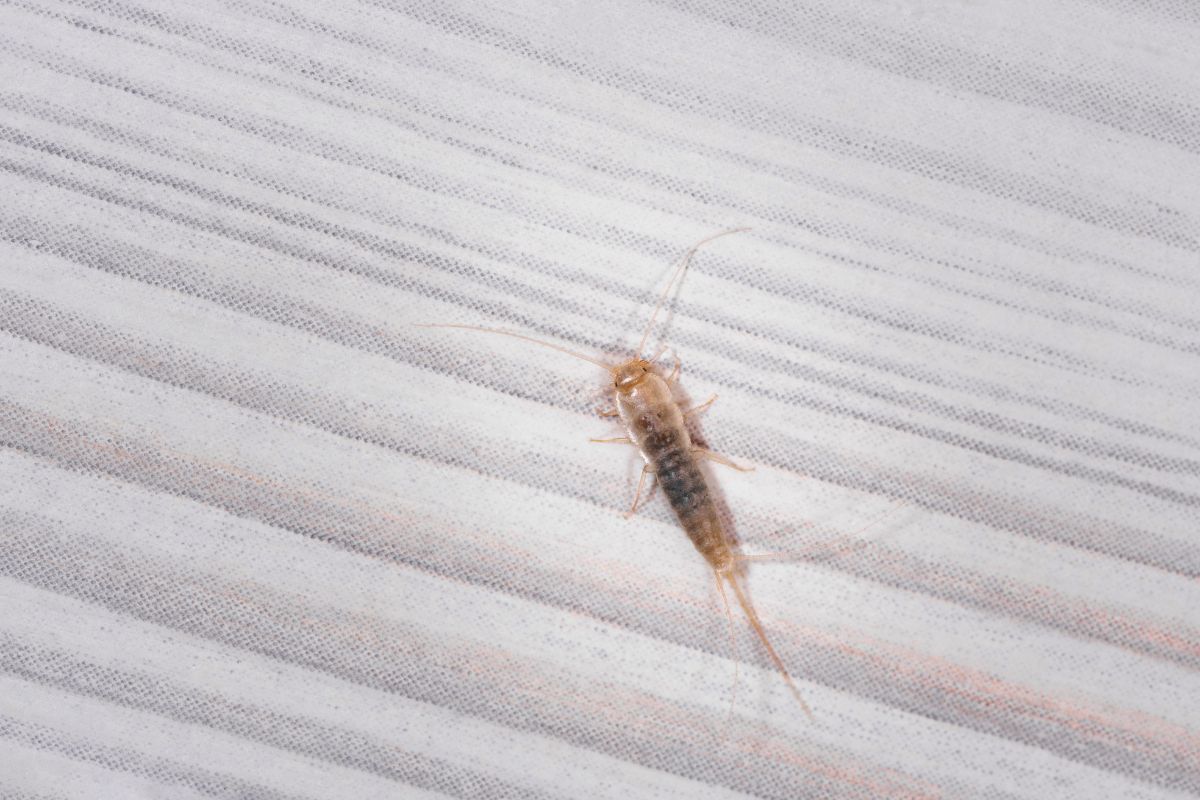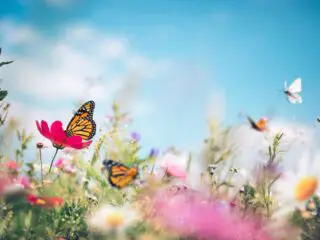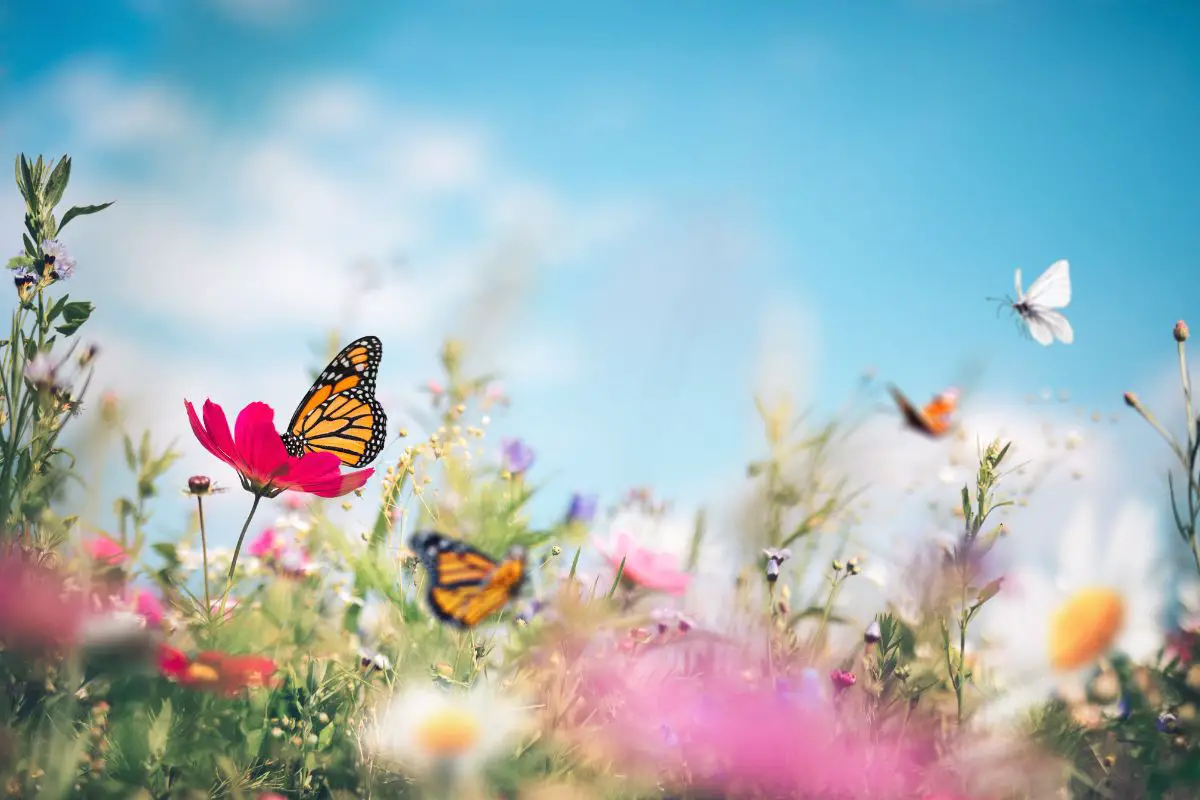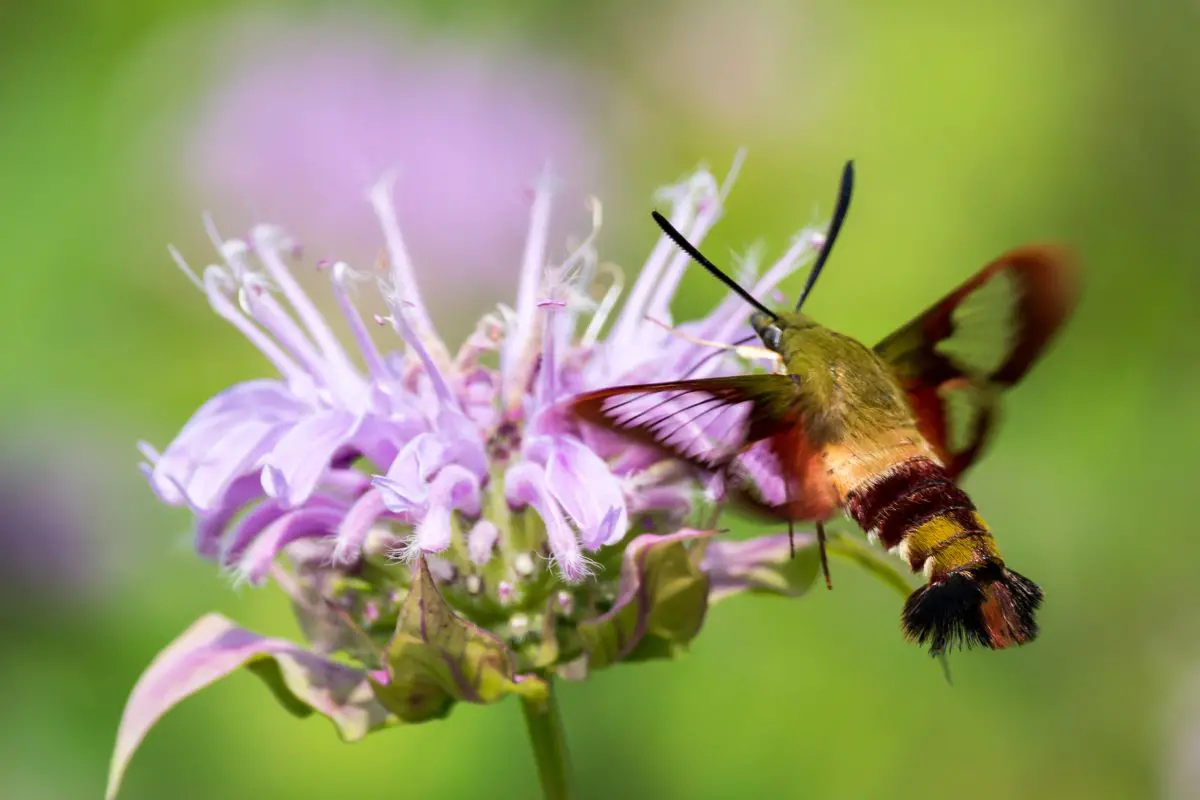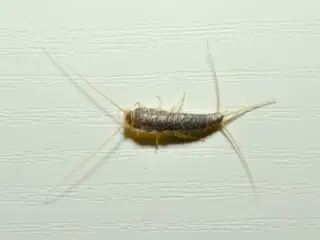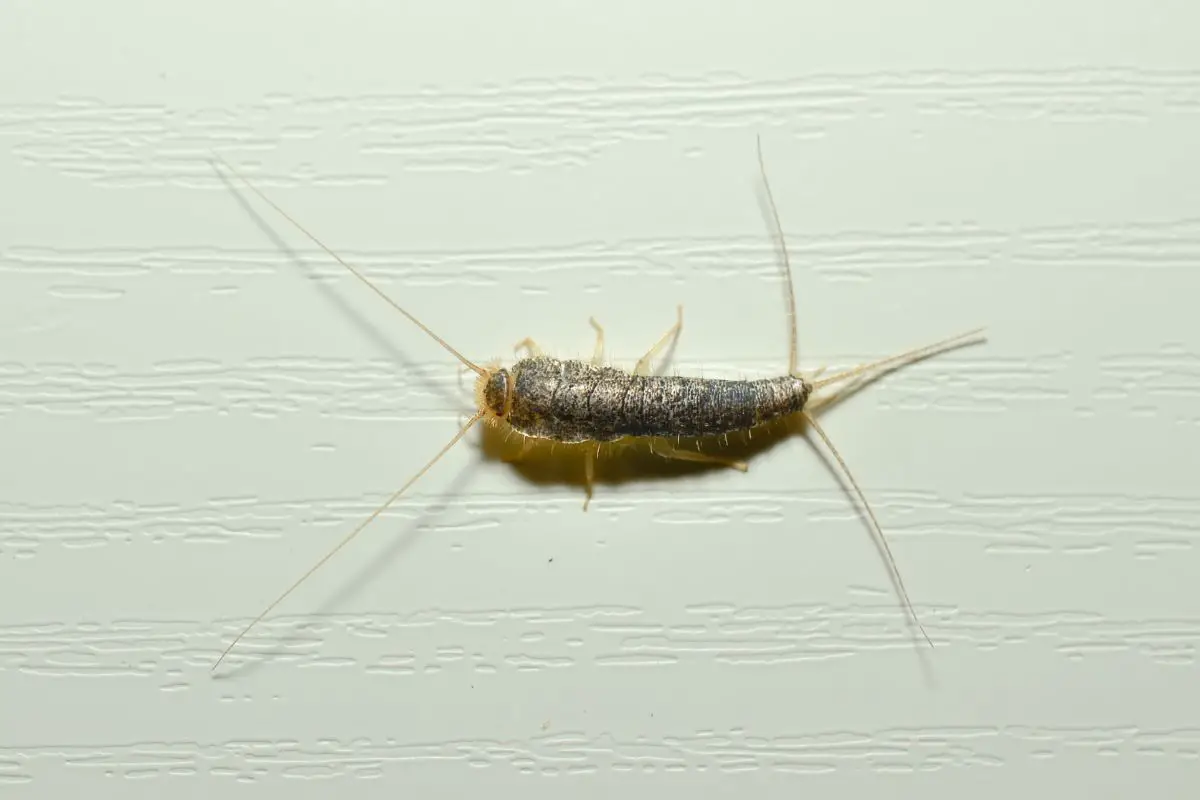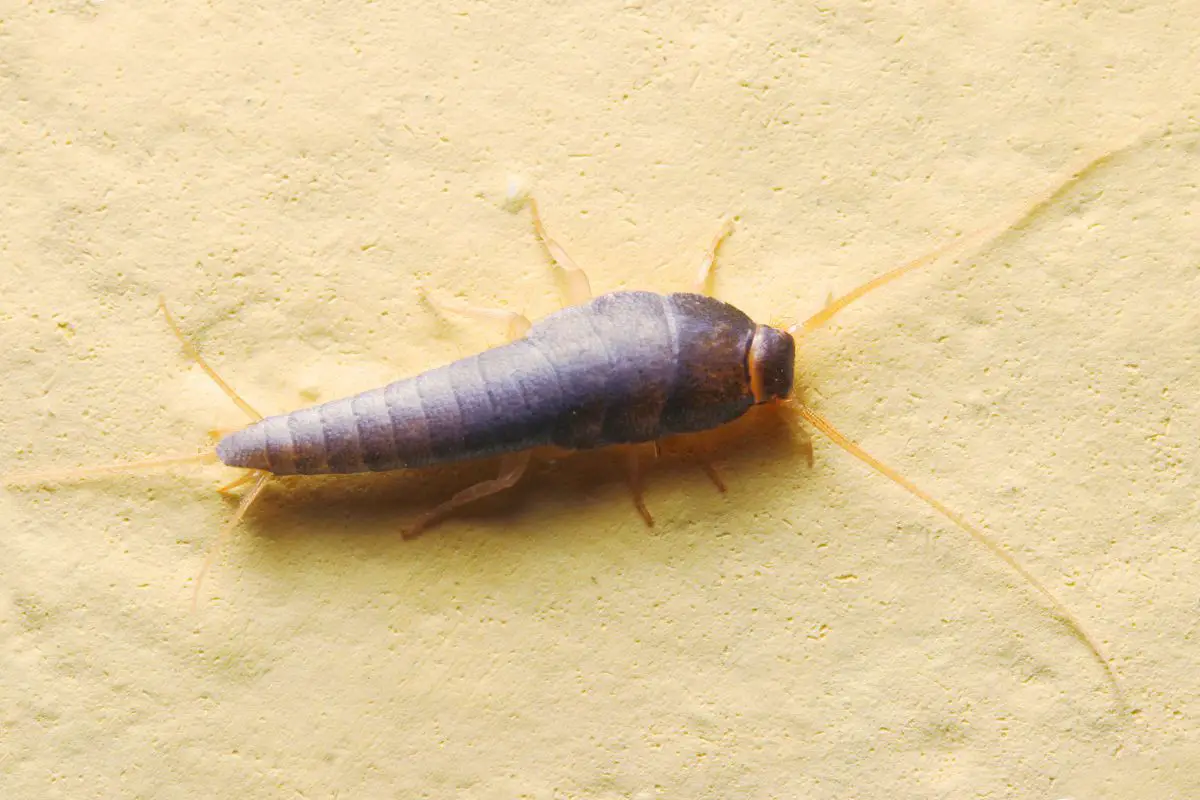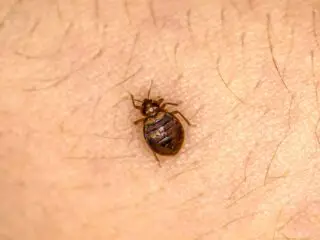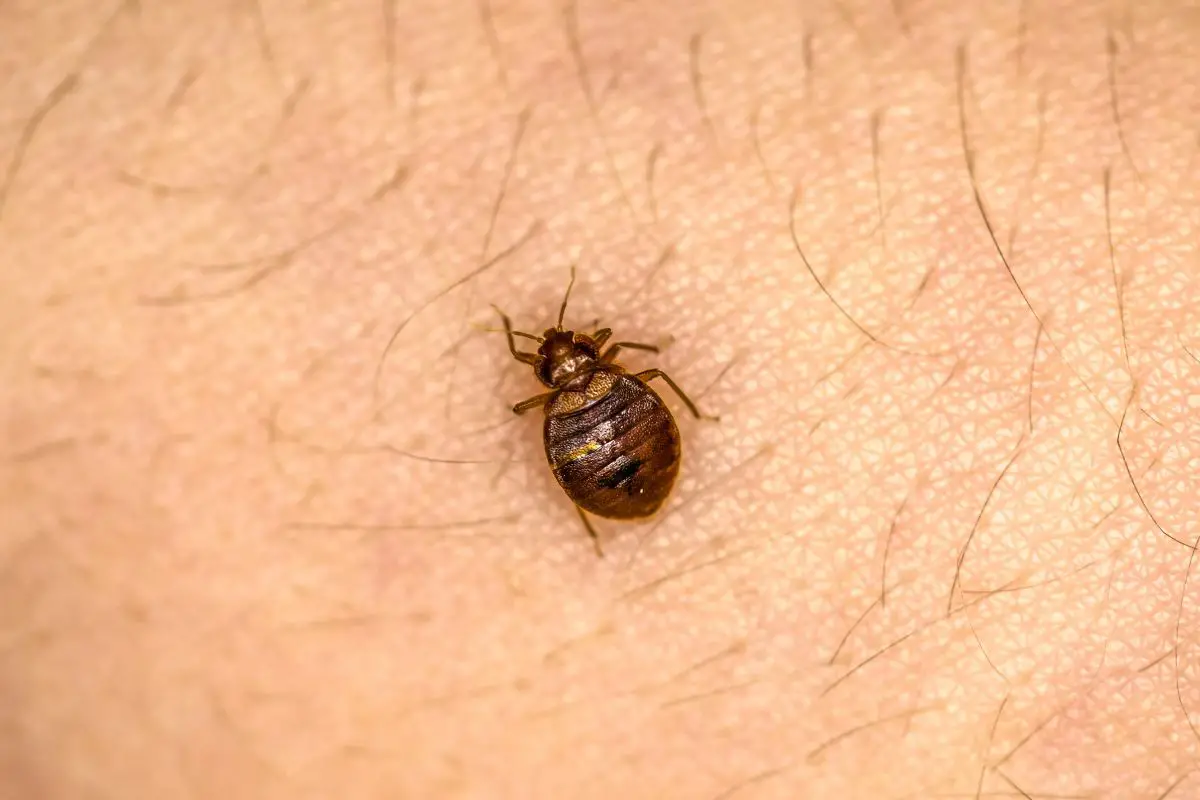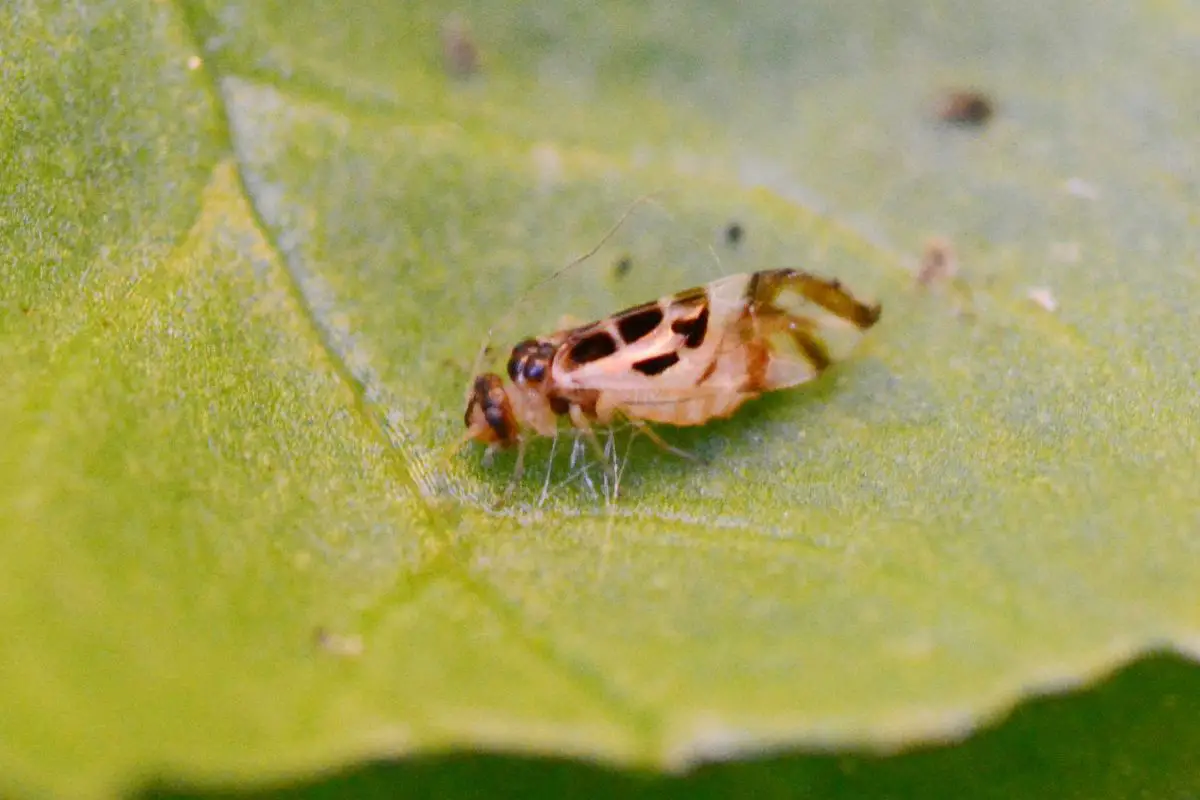10 Animals Similar to Chimpanzees

There are many animals that are similar to chimpanzees in nature. These animals are unique in their own way, yet they complement chimpanzees in their behavior and lifestyle. Chimpanzees live an average of 15 to 30 years.
However, in captivity, they can live up to 40 years. By the age of 10 years old, chimpanzees live with their moms and begin their own families around the ages of 13-15. Chimpanzees lost their homes due to deforestation, wars, and habitat destruction.
Chimpanzees are also killed for their meat, and their babies are sold to exotic pet industries. The oldest chimpanzee was 64 years old when it died. Another critical factor is that chimpanzees and humans share a DNA structure that is 98 percent compatible.
The animals listed below share differences and similarities. Some are free-spirited, some enjoy living in family settings, some enjoy being in isolation, and yet others are diversified. The most shocking animal in this group is perhaps the Bonobo.
Its social interactions and sexual appetites are in line with some humans. The fact that animals live longer in captivity is due to several factors. First, they get the proper diet that helps them develop properly.
Secondly, they get the medical attention they do not get by living on their own, and thirdly, they are safe from poaching, predators, and wild fires, and other elements that threaten their existence. These amazing facts will help you to understand both the differences and similarities these animals have with the chimpanzees.
1. Gorilla Facts
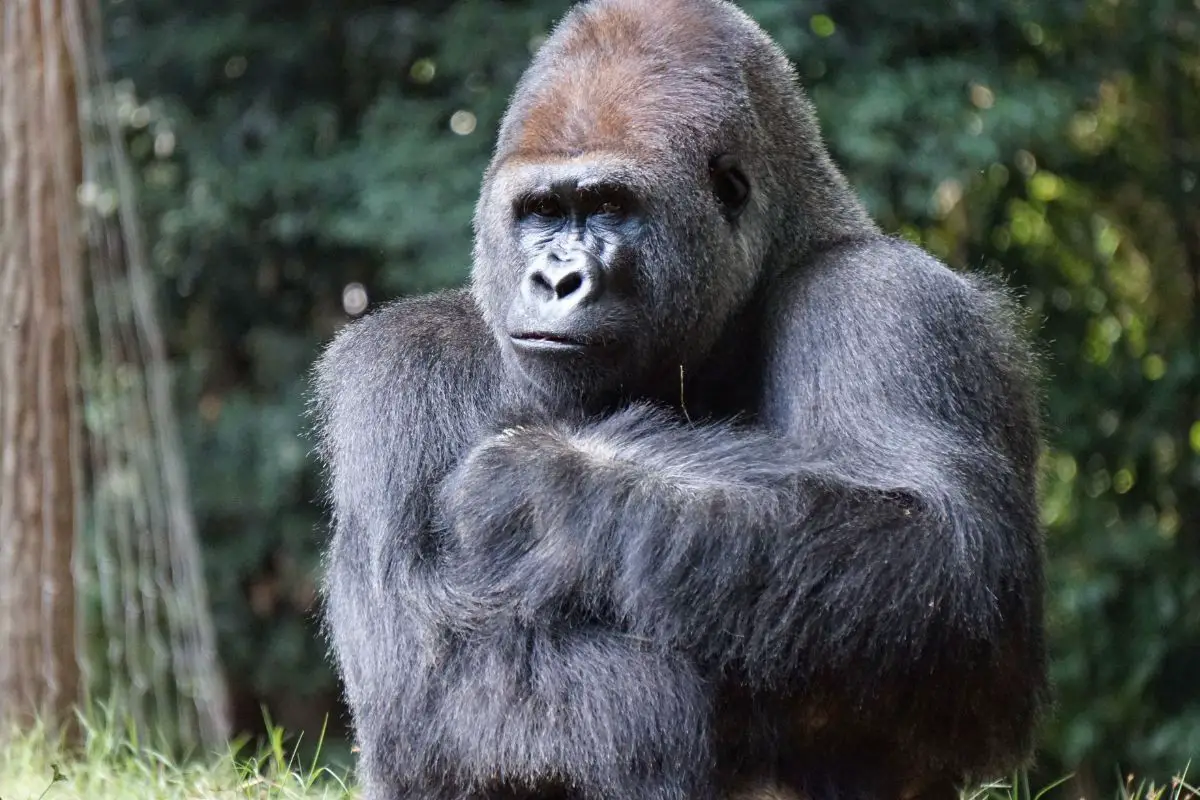
Where do Gorillas Live?
Gorillas live in the lowlands in groups of five to 10. In some instances, they live in groups of 50, with a dominant male leading the group. Everyone in the group is submissive to the leader of the group, and all follow his lead without confrontation.
What do they eat?
Gorillas enjoy a Veterinarian diet of fruits, bamboo shoots, and plant stems. However, gorillas living in the lowlands have an appetite for ants, termites, and termite larvae.
Gorilla Lifespan
Gorillas can live up … Read the rest of the story.

